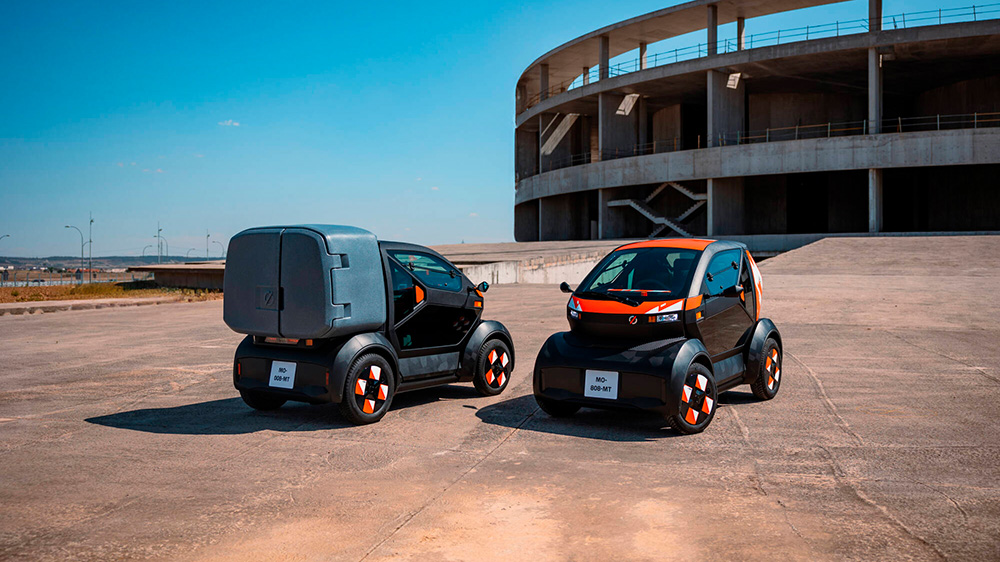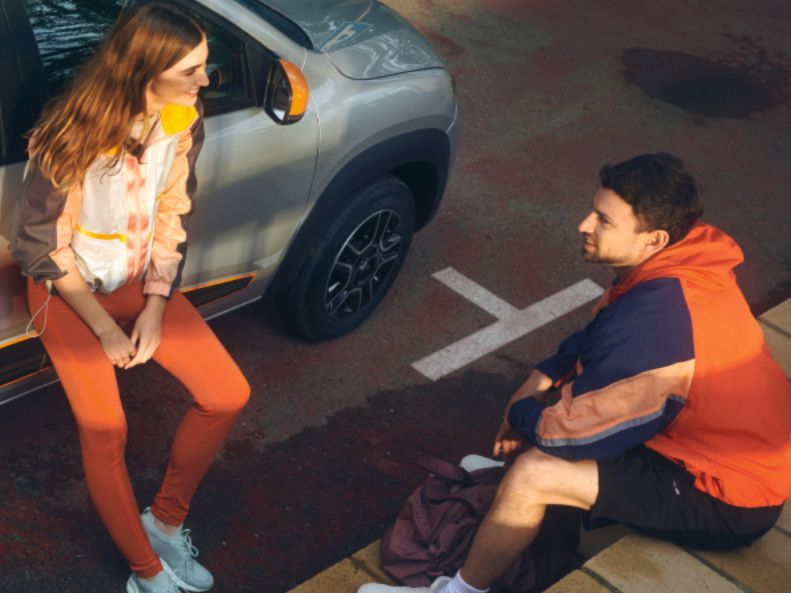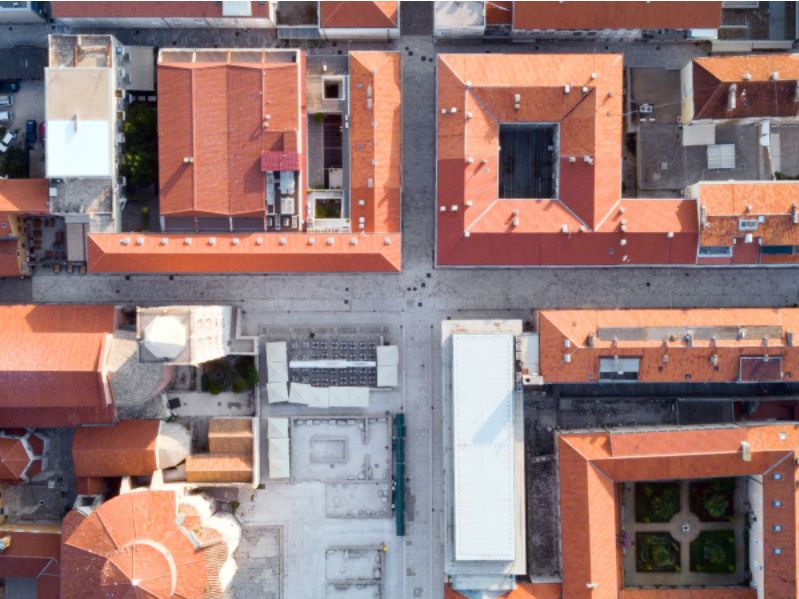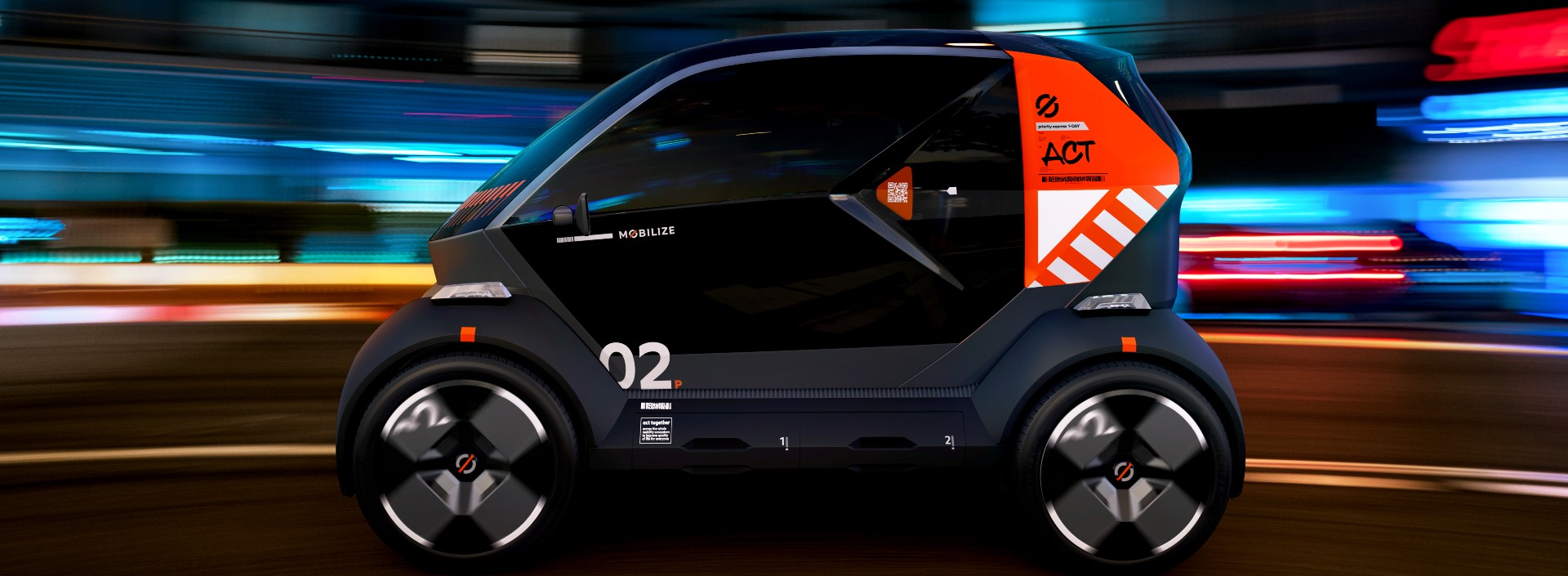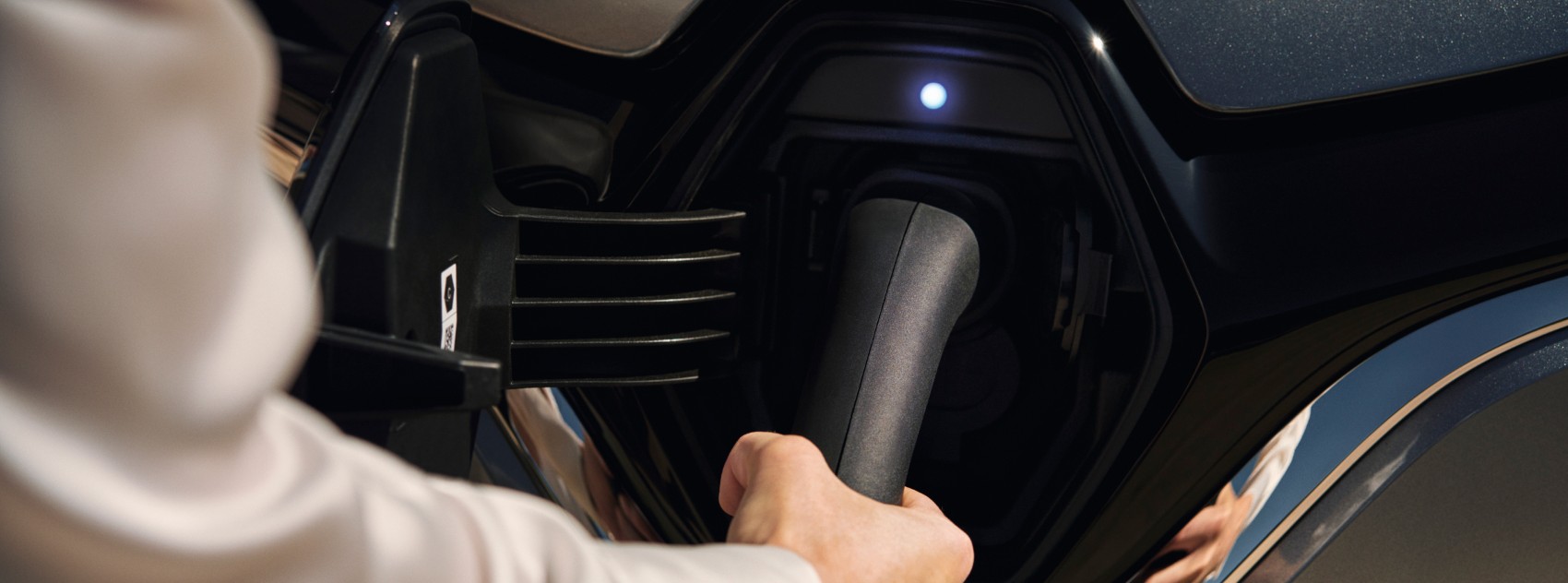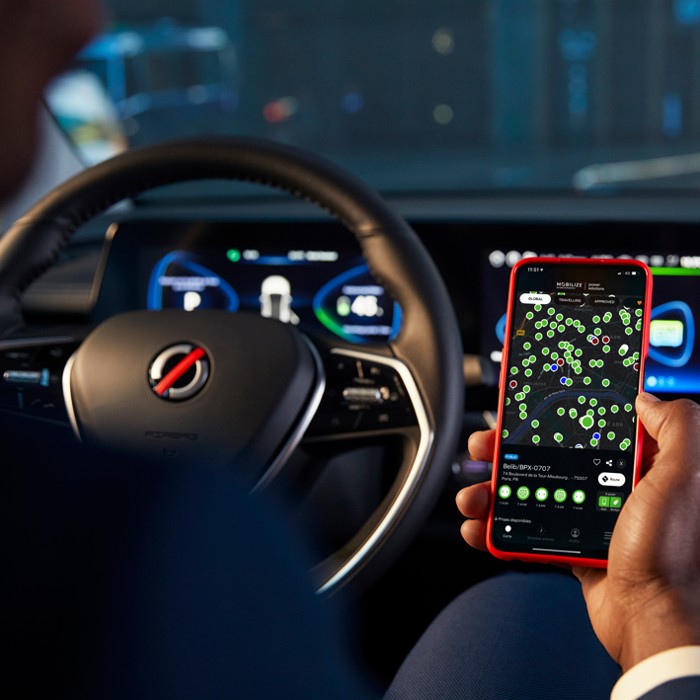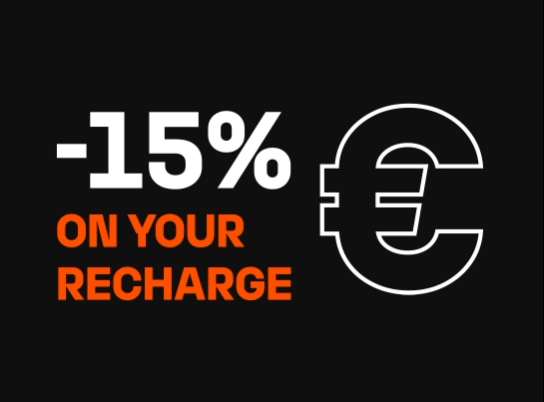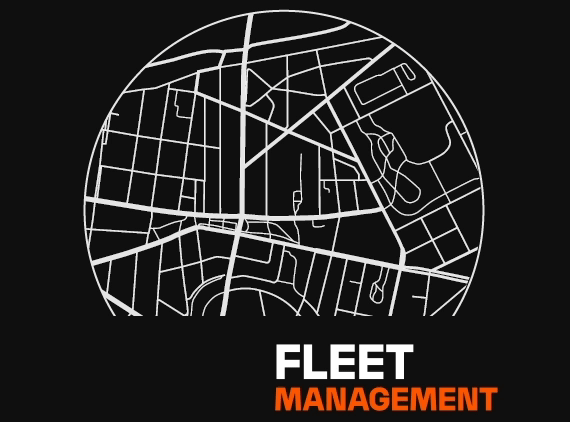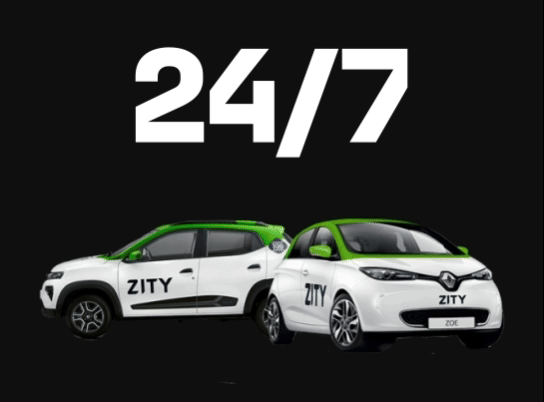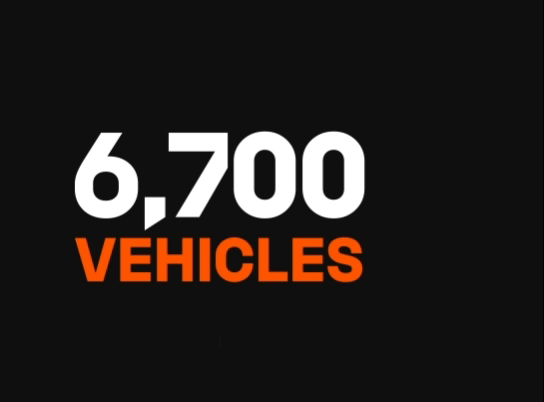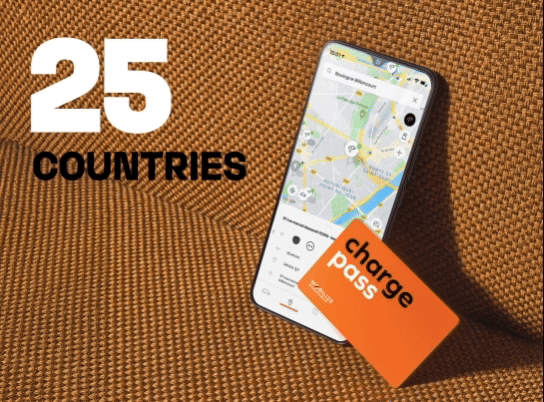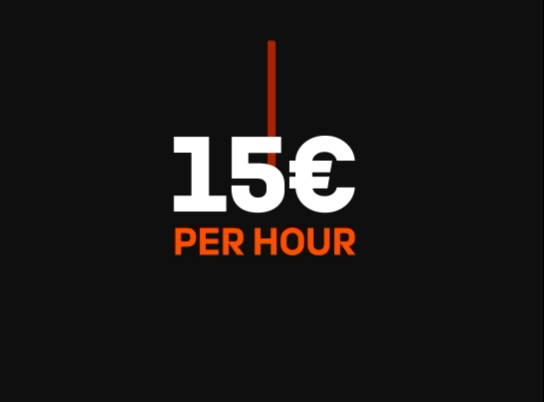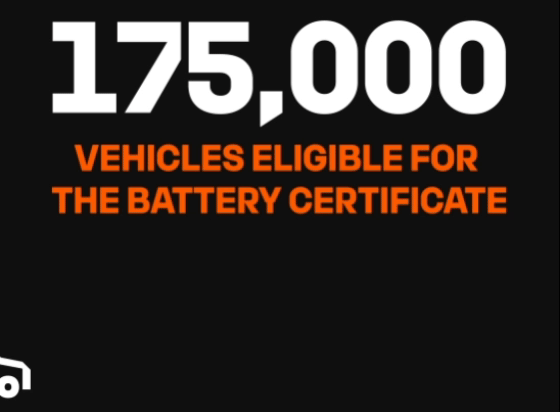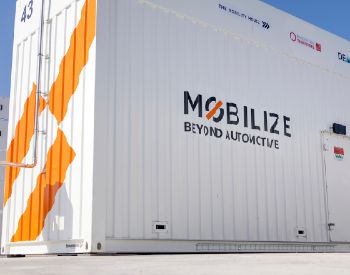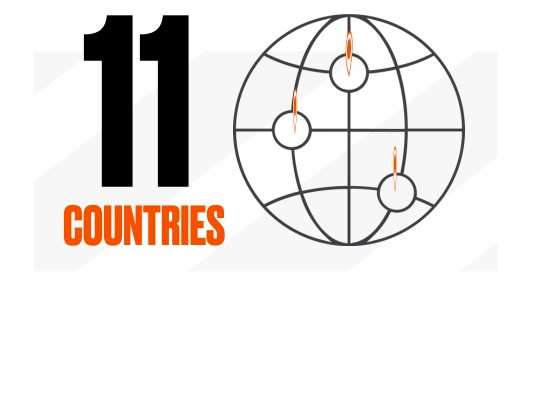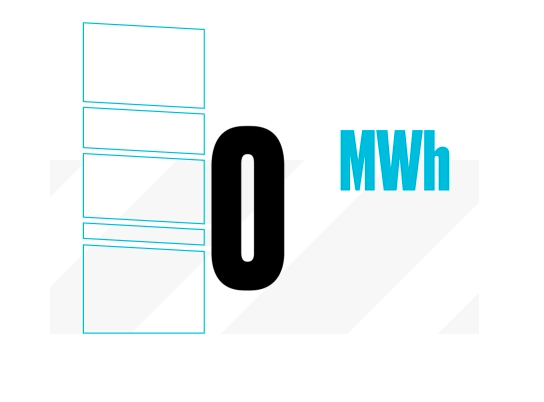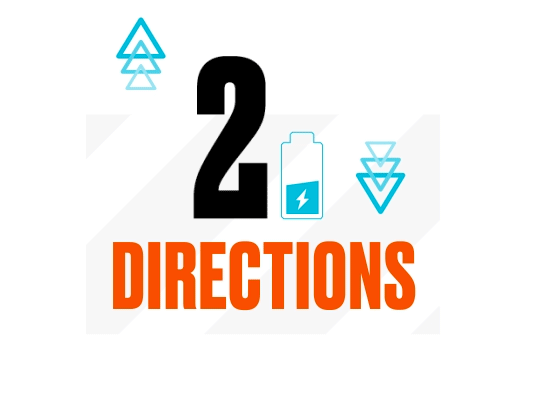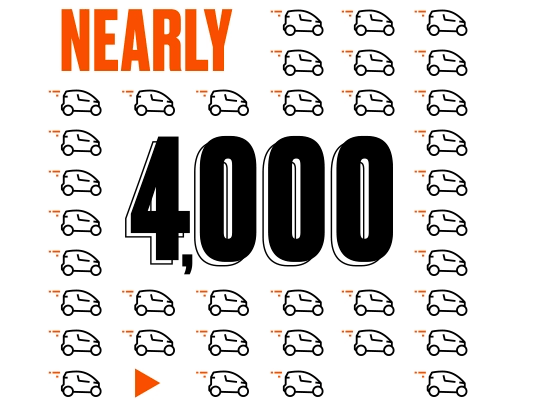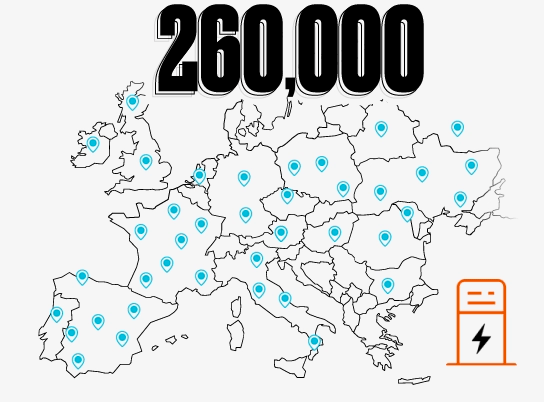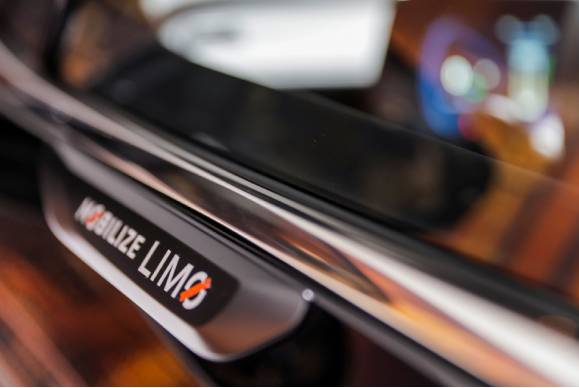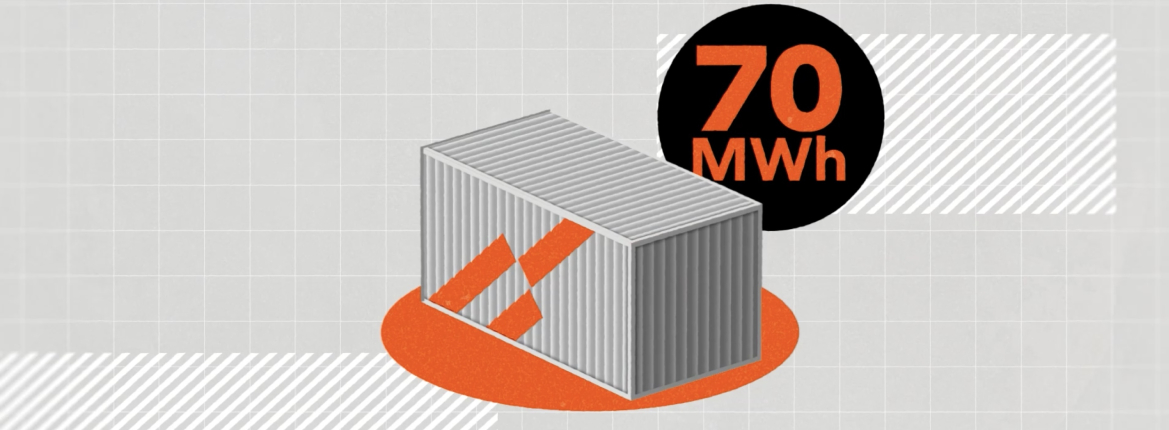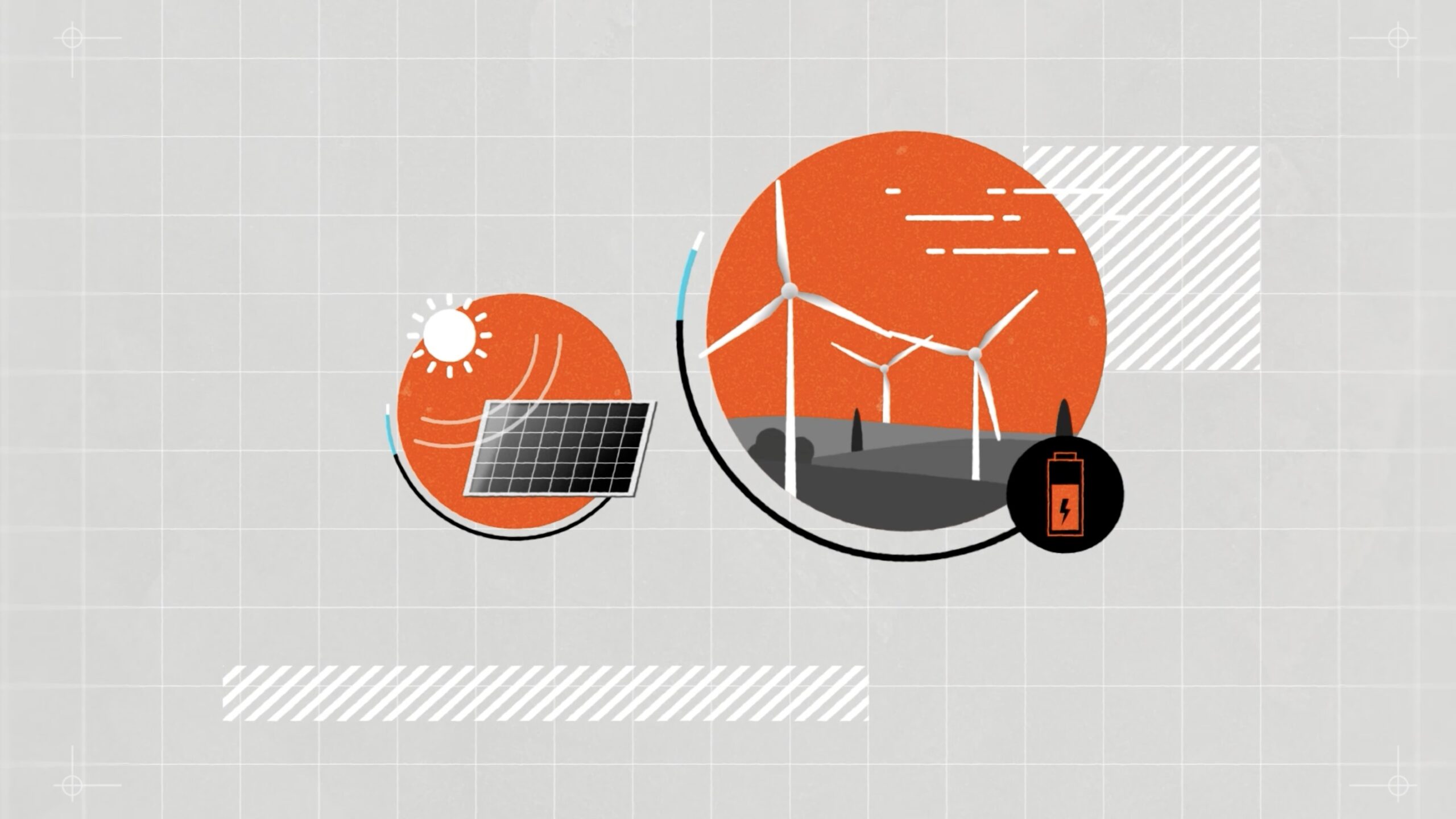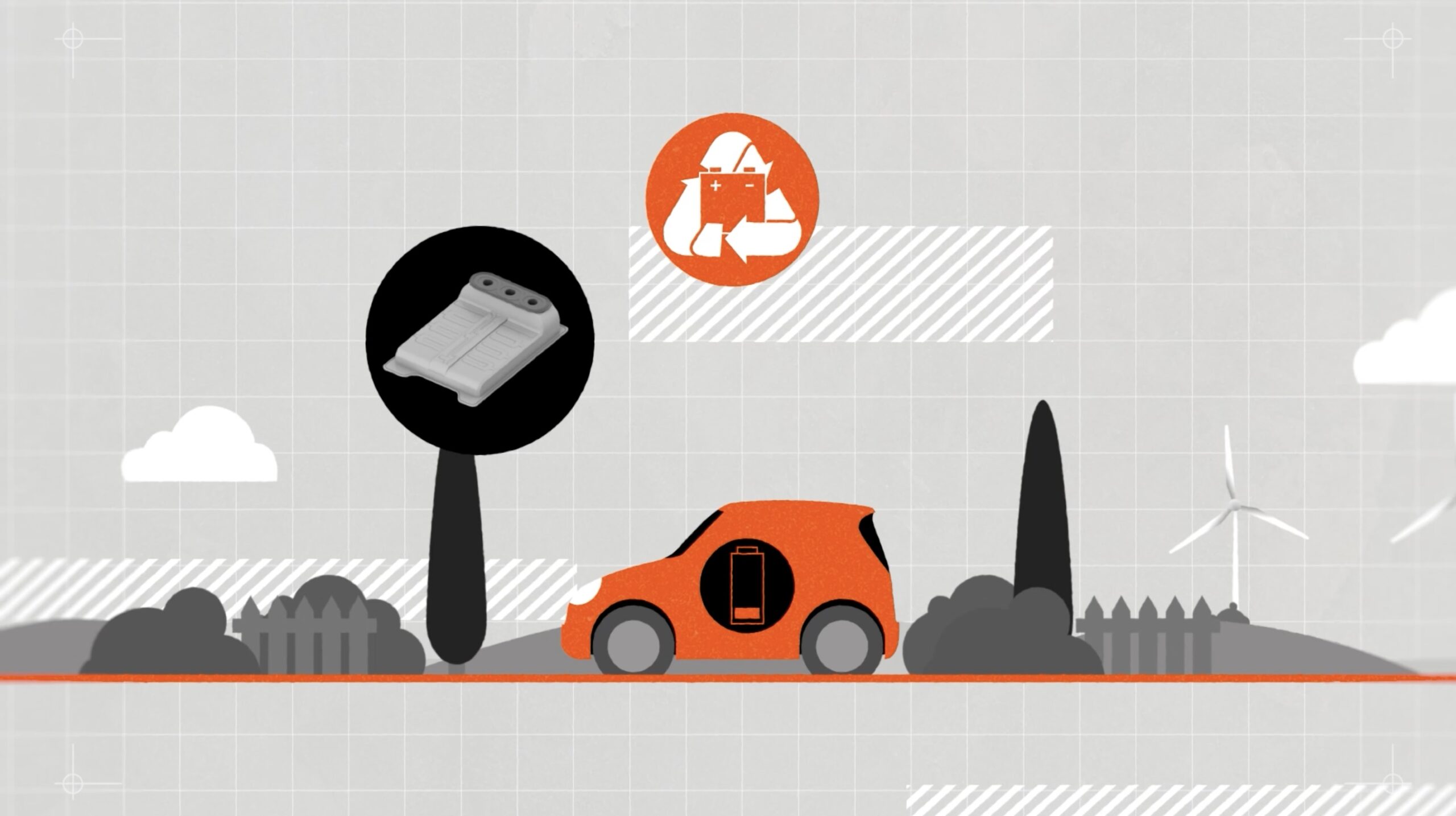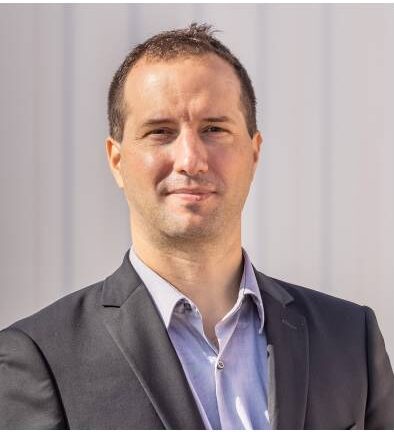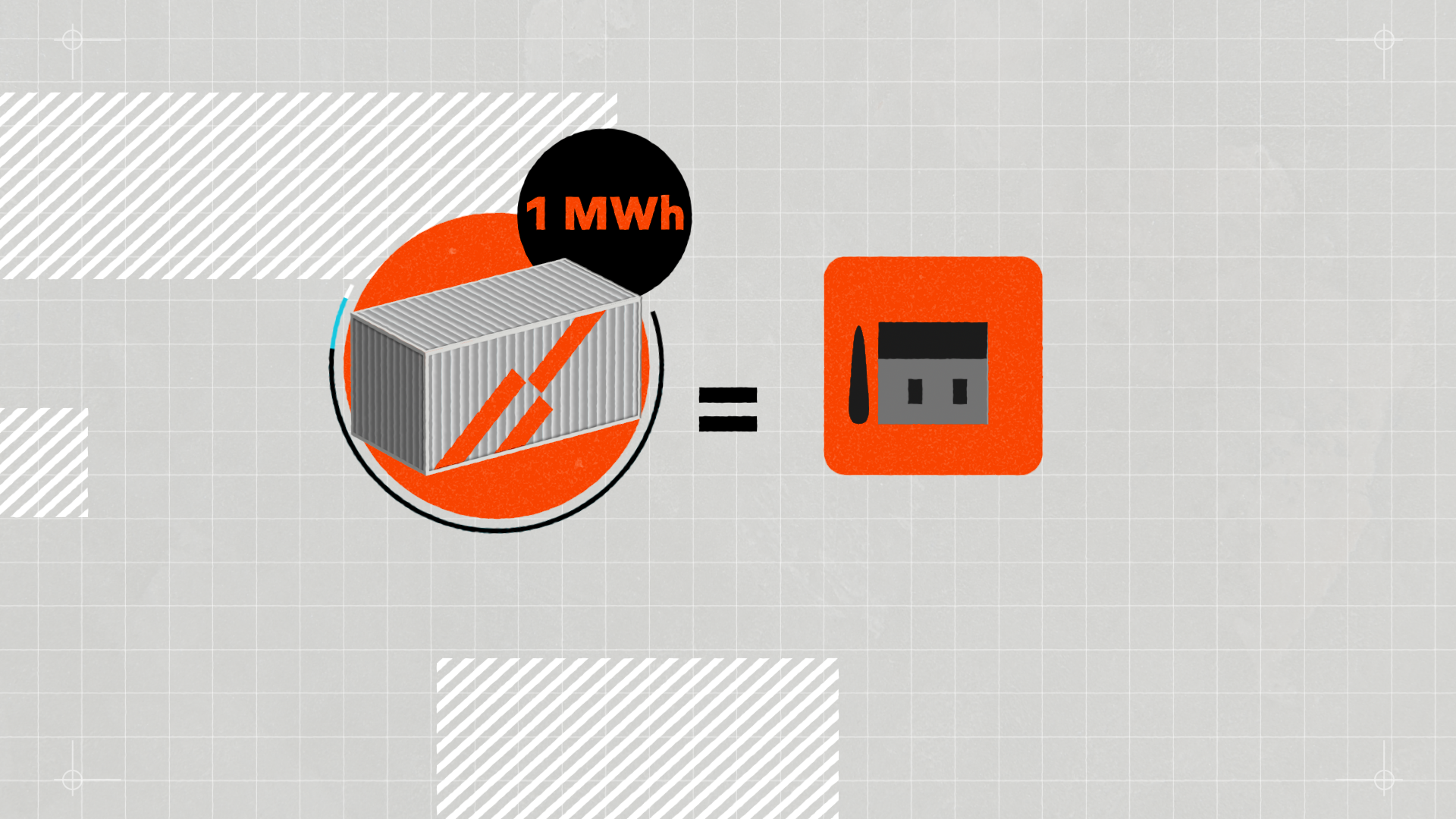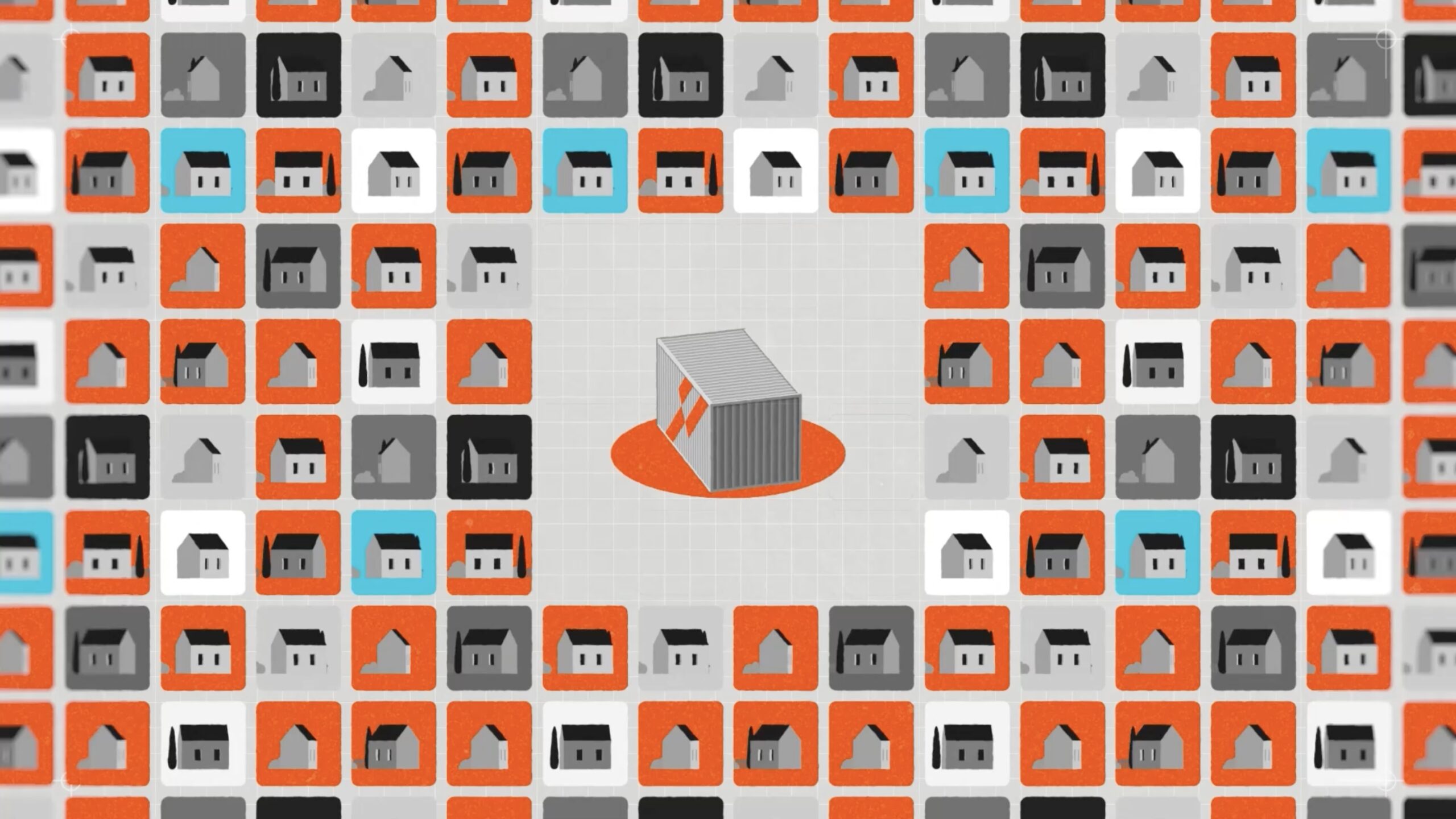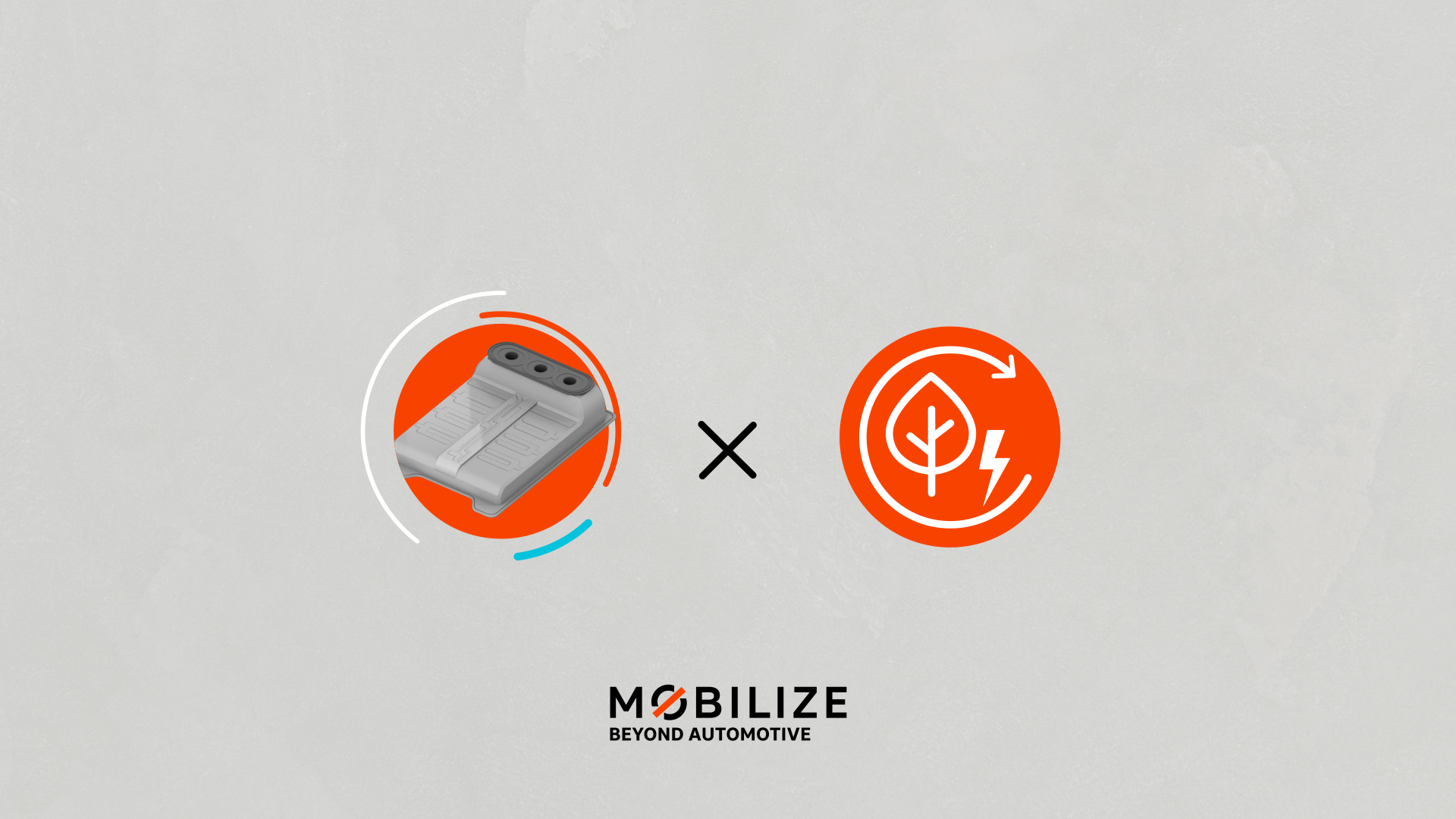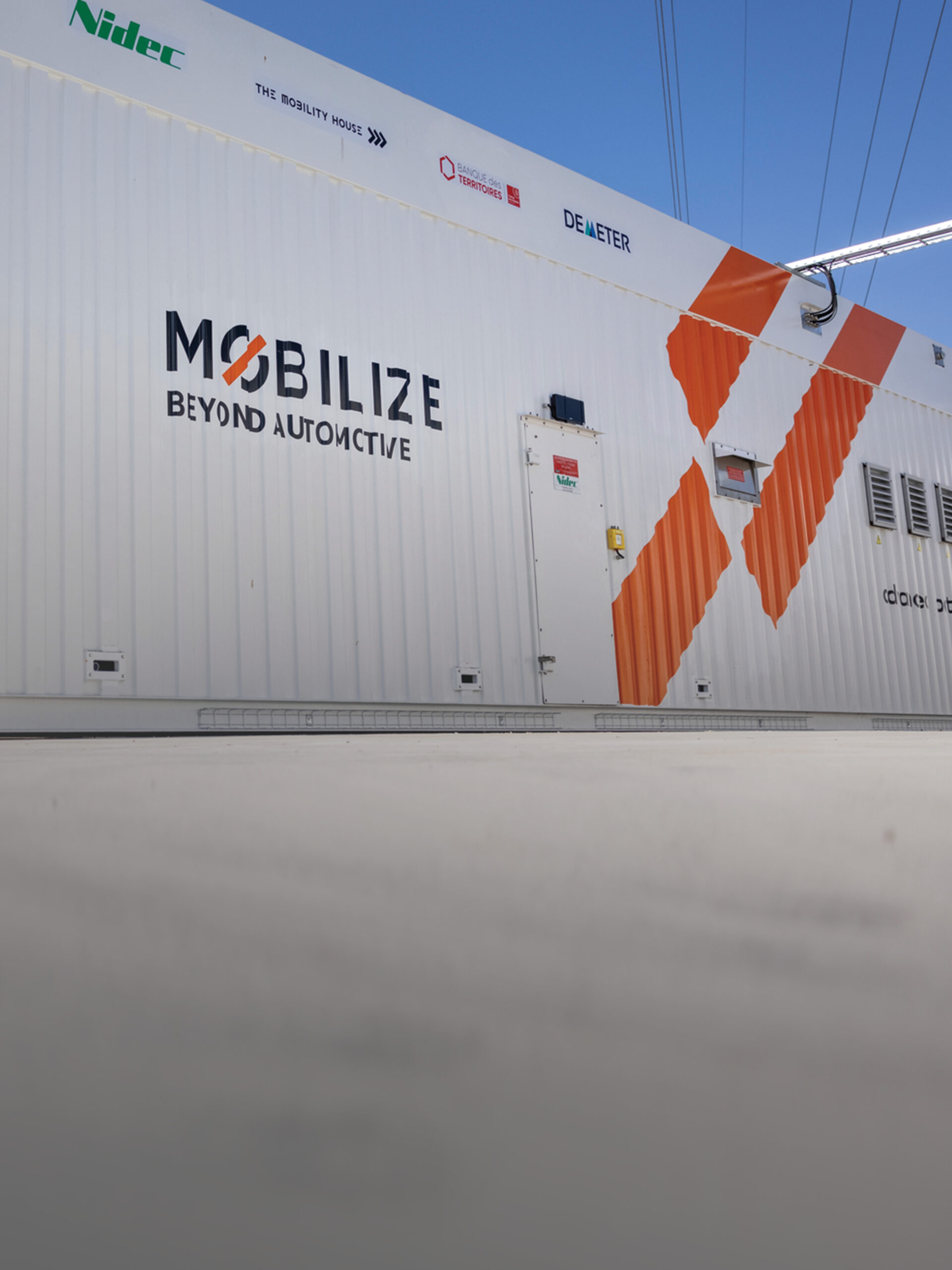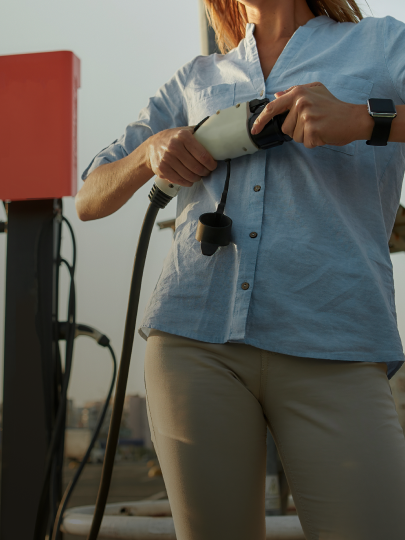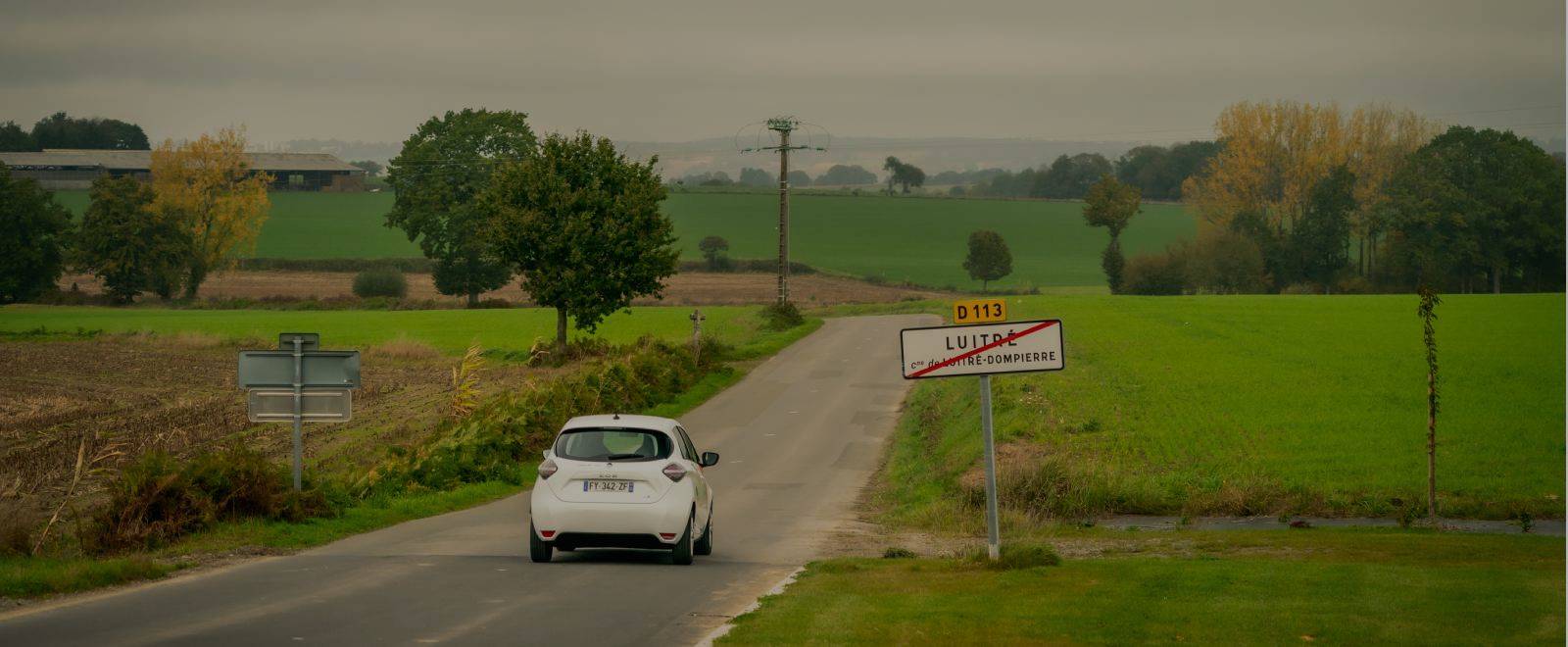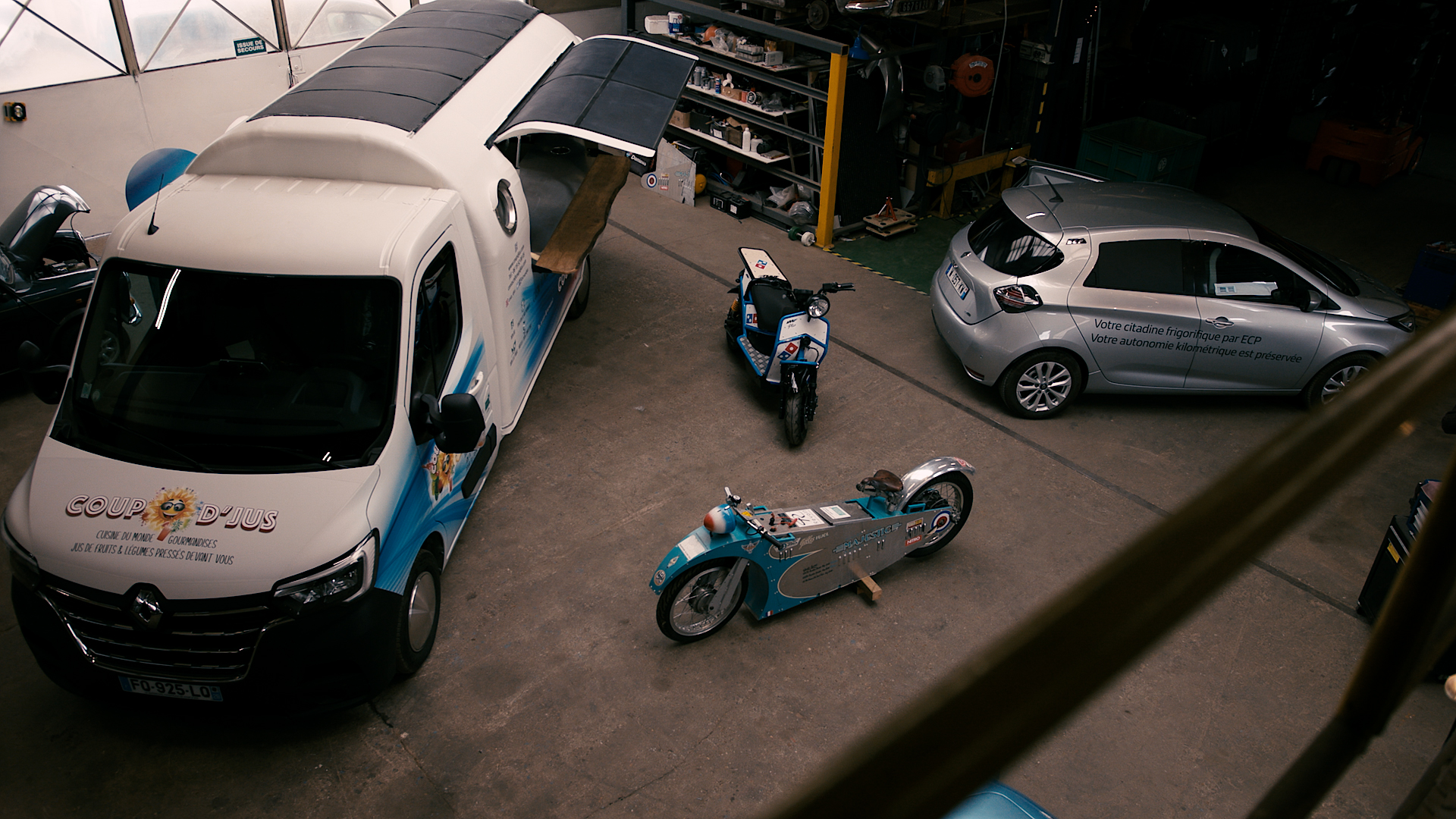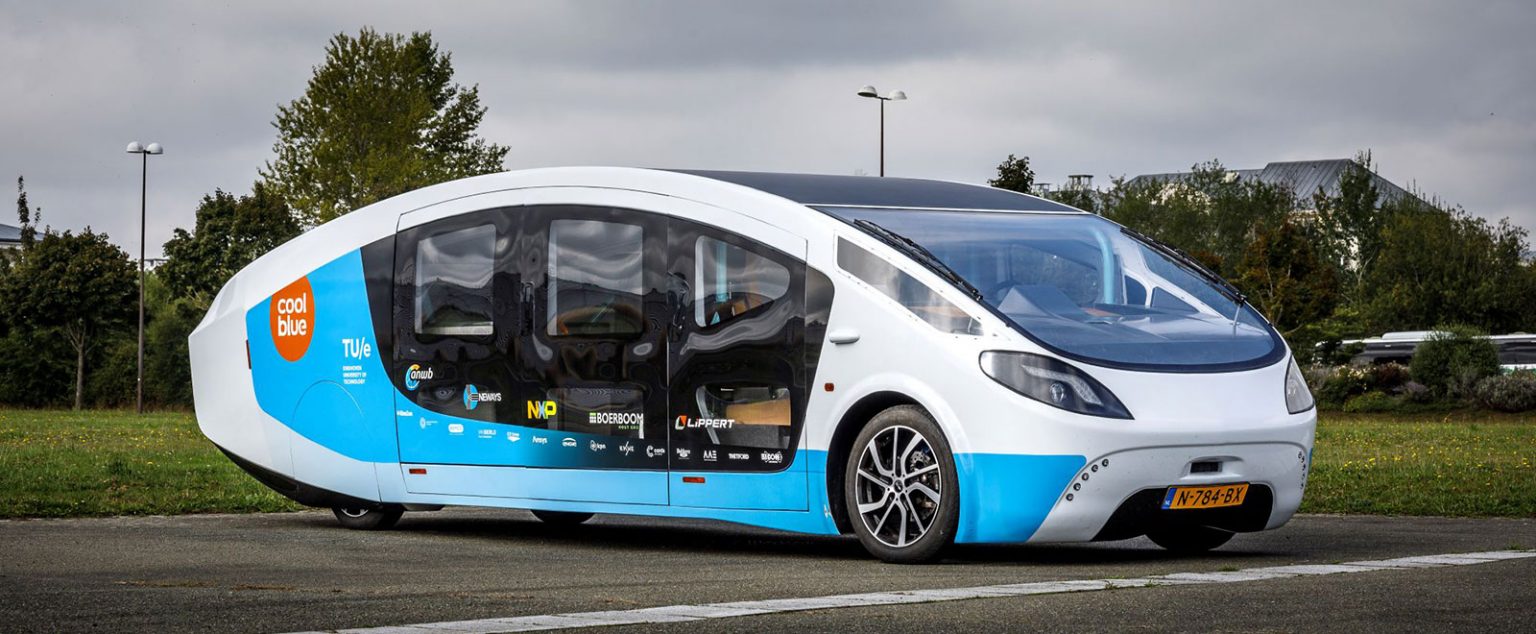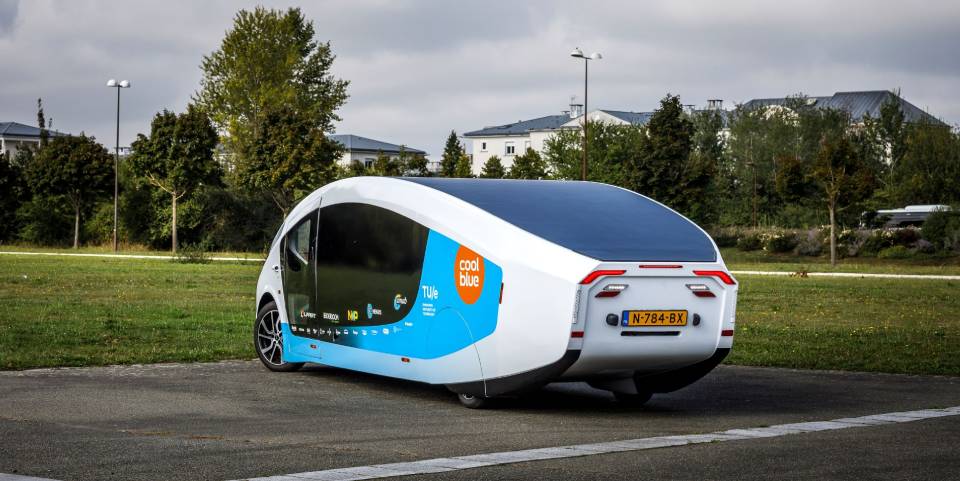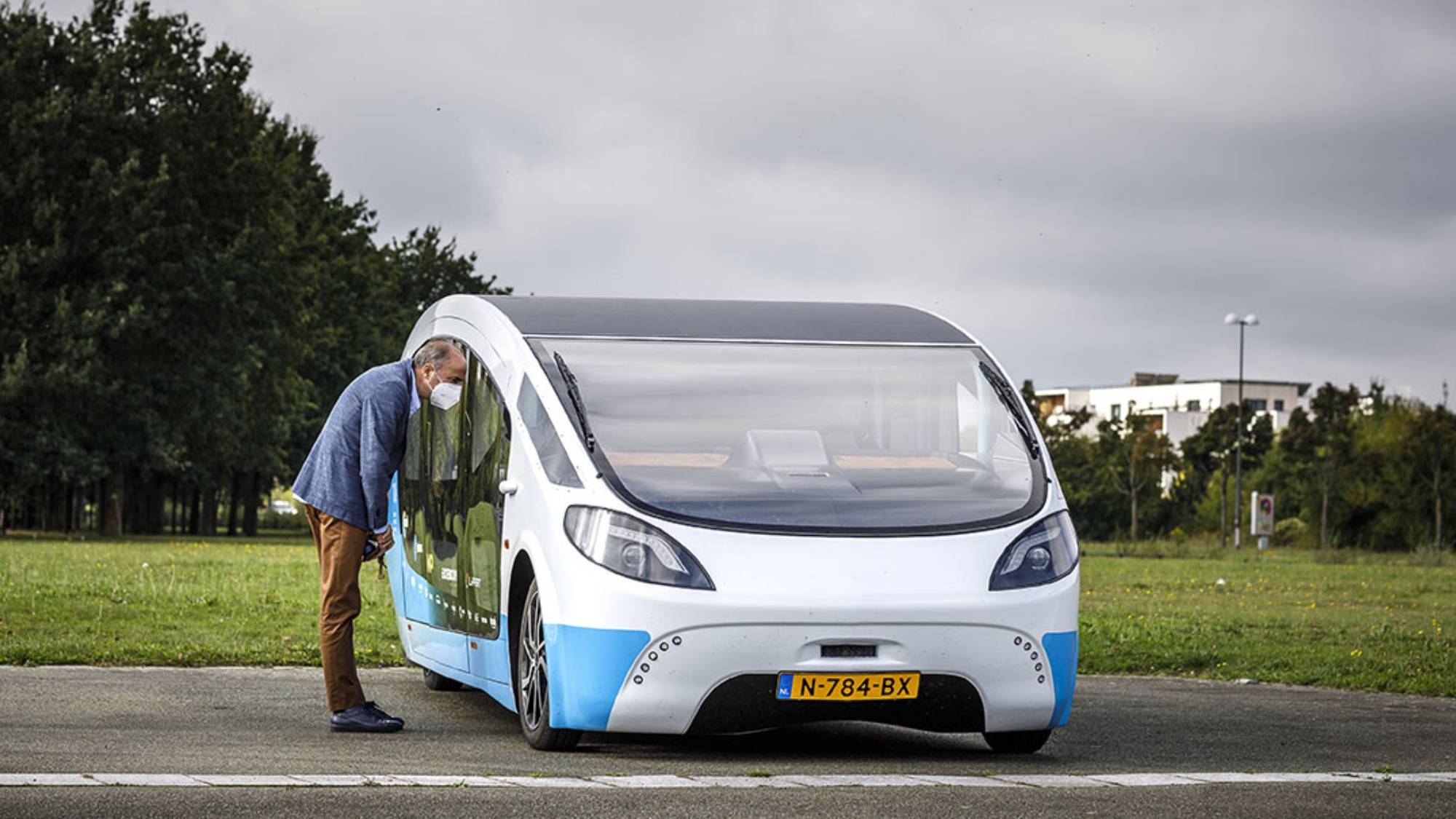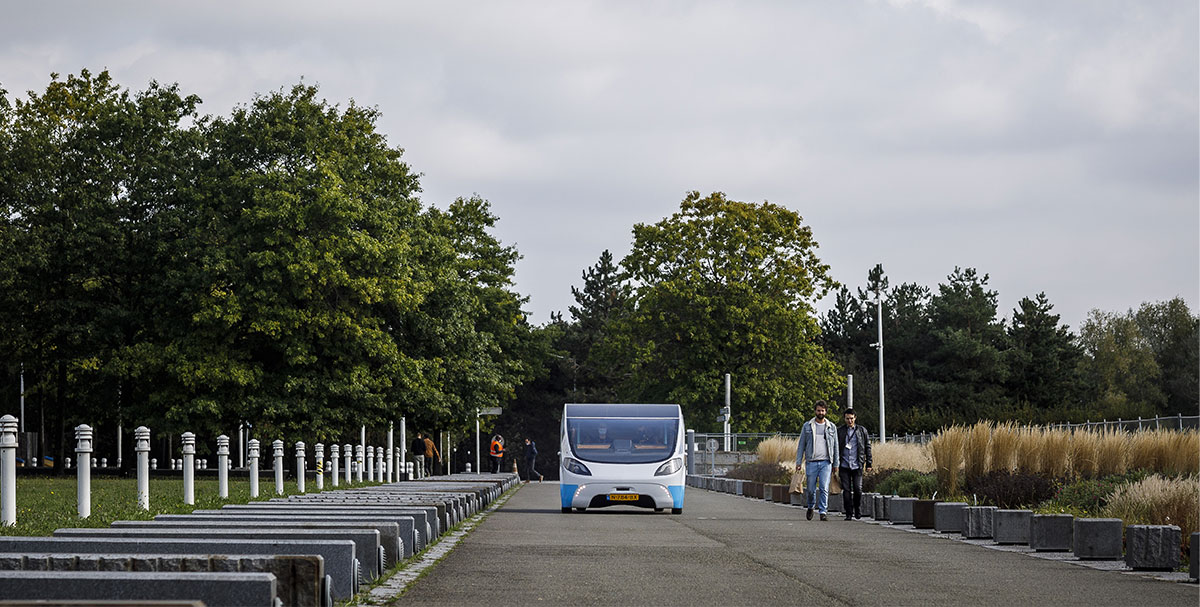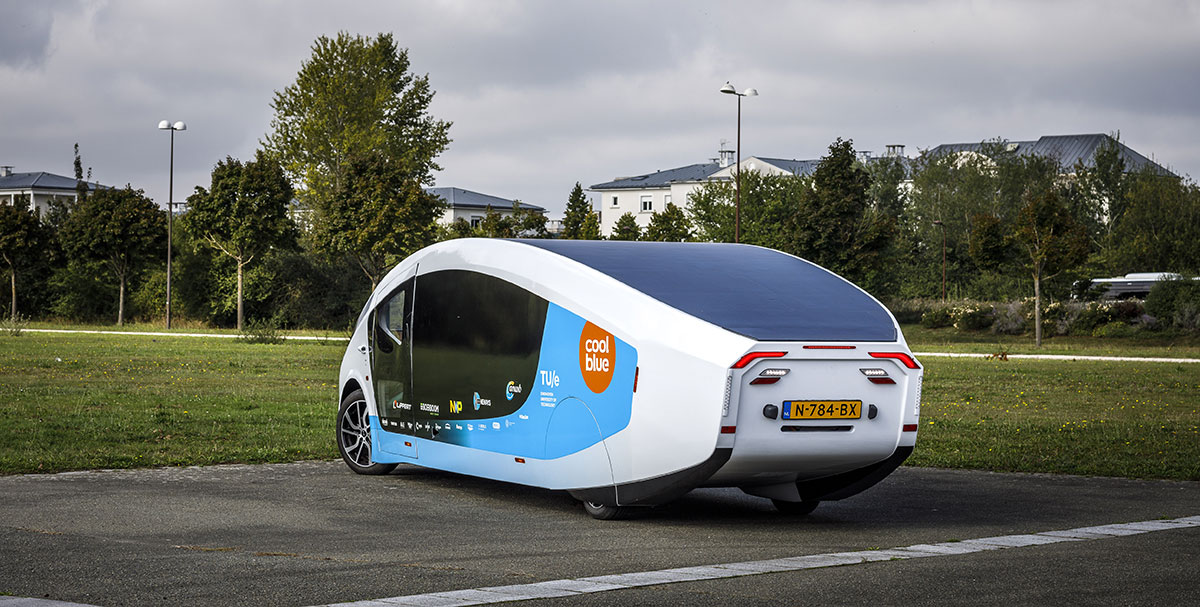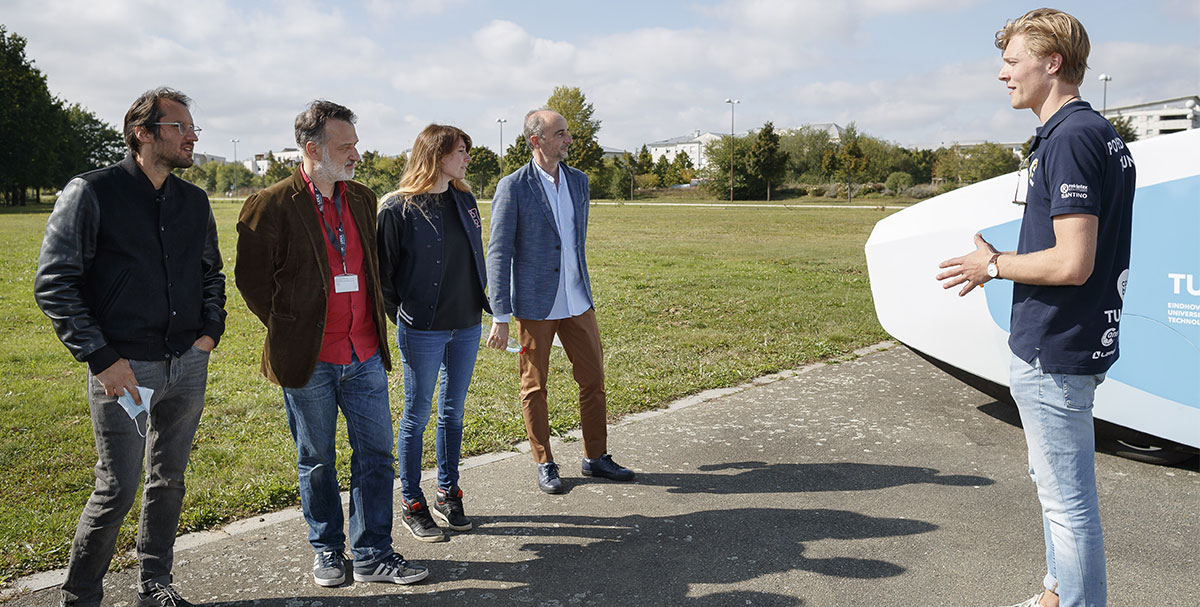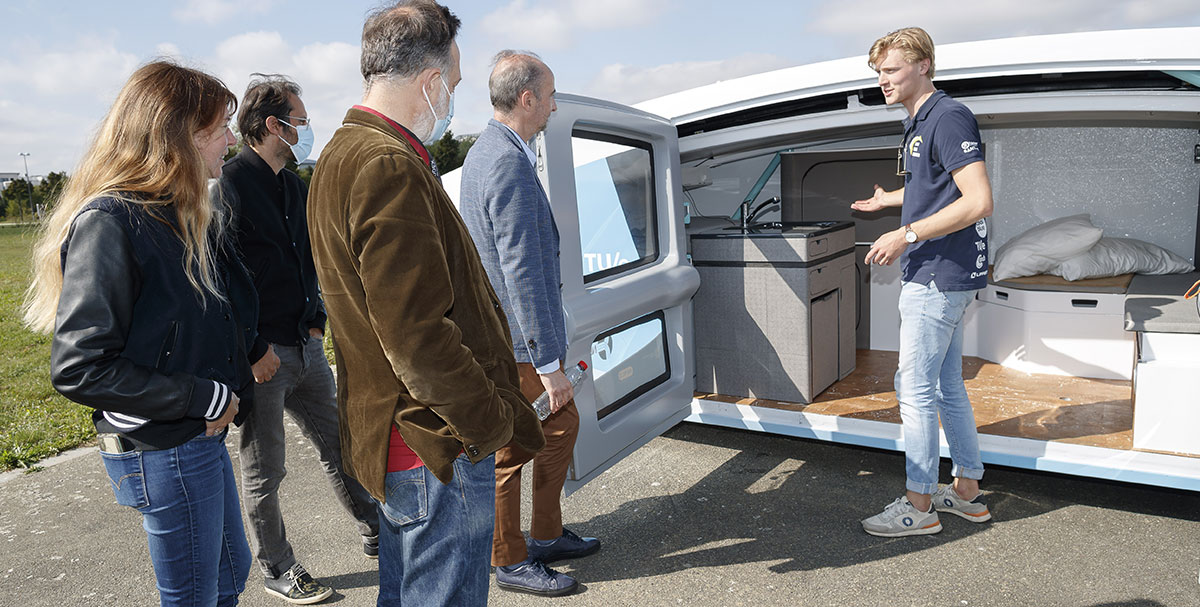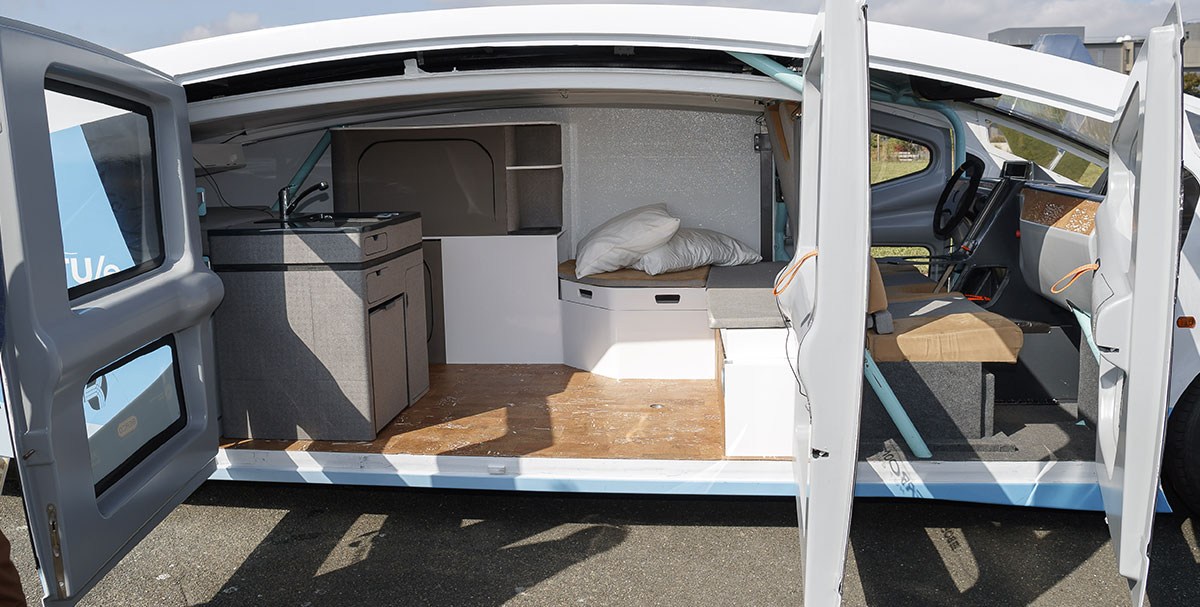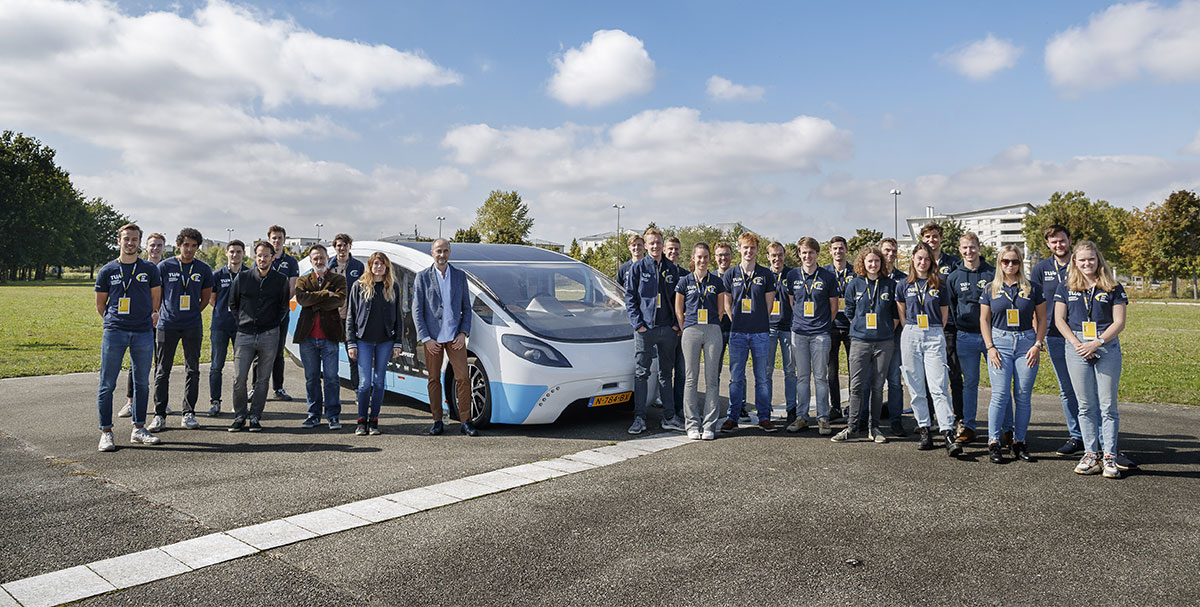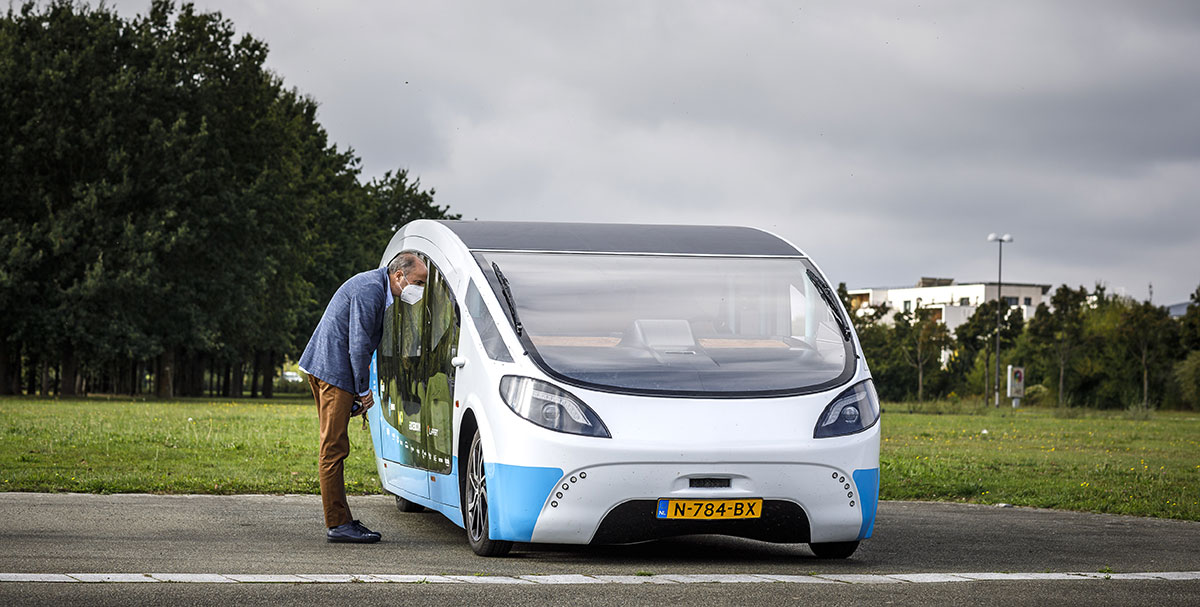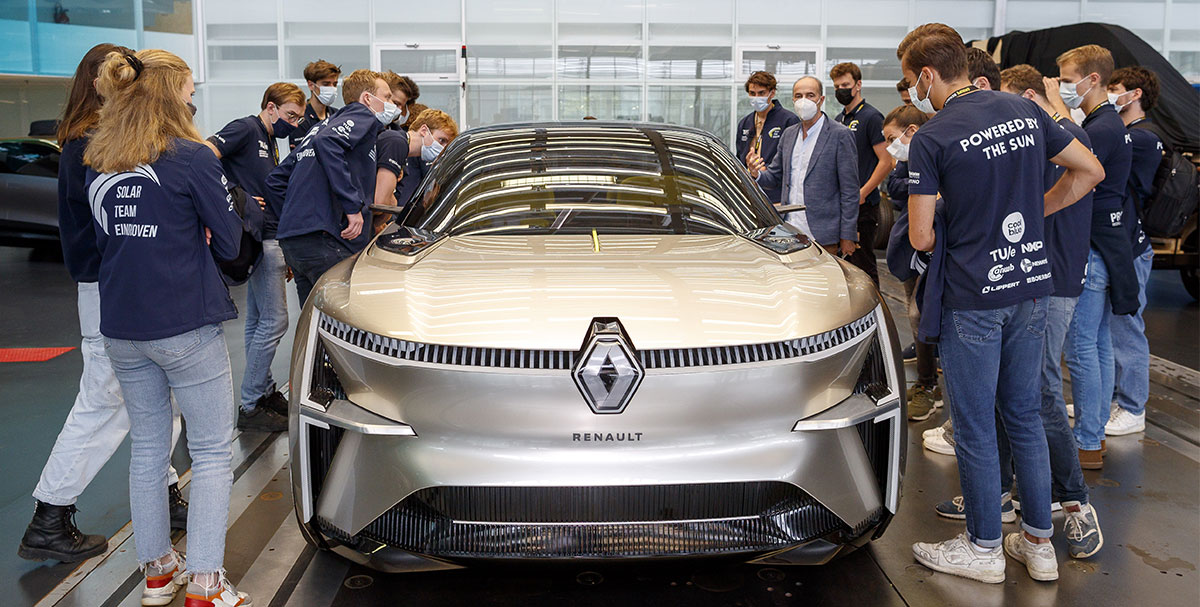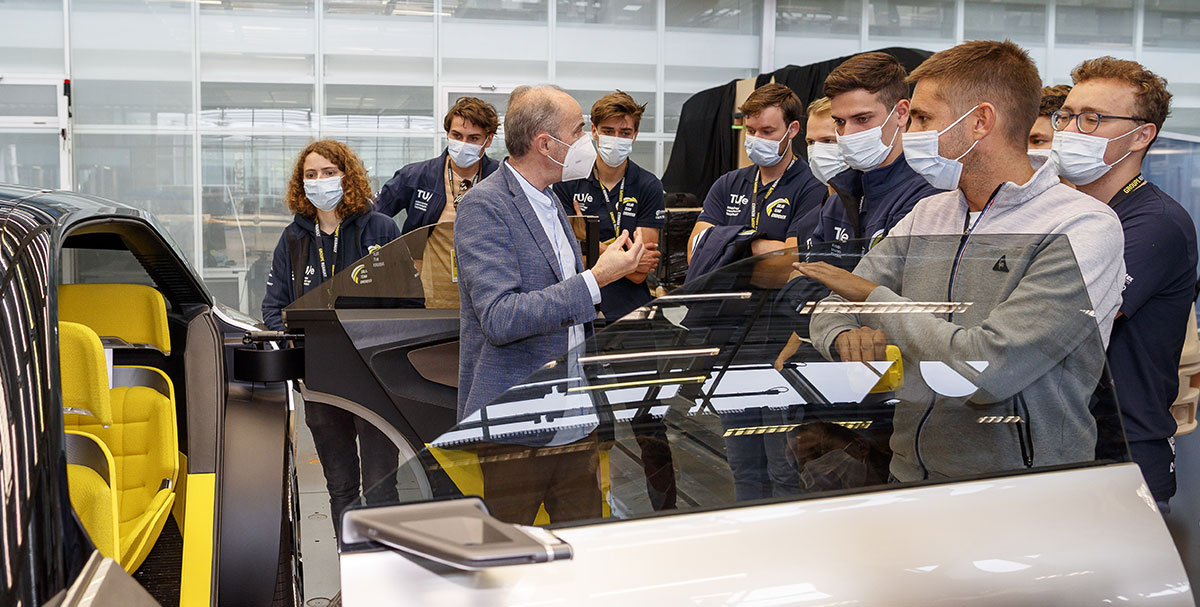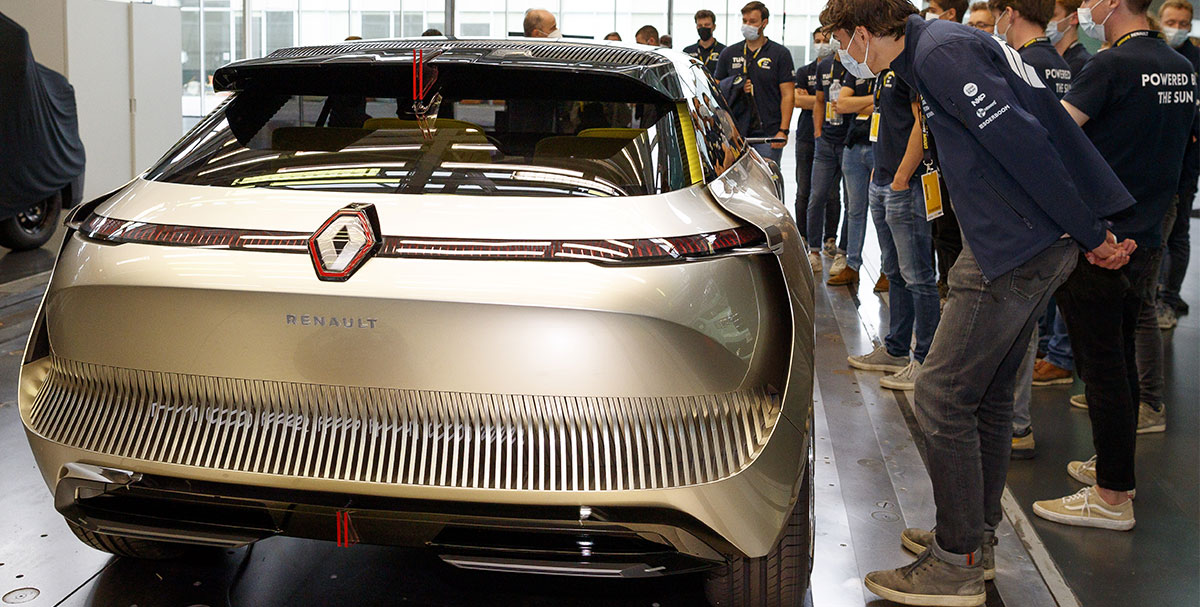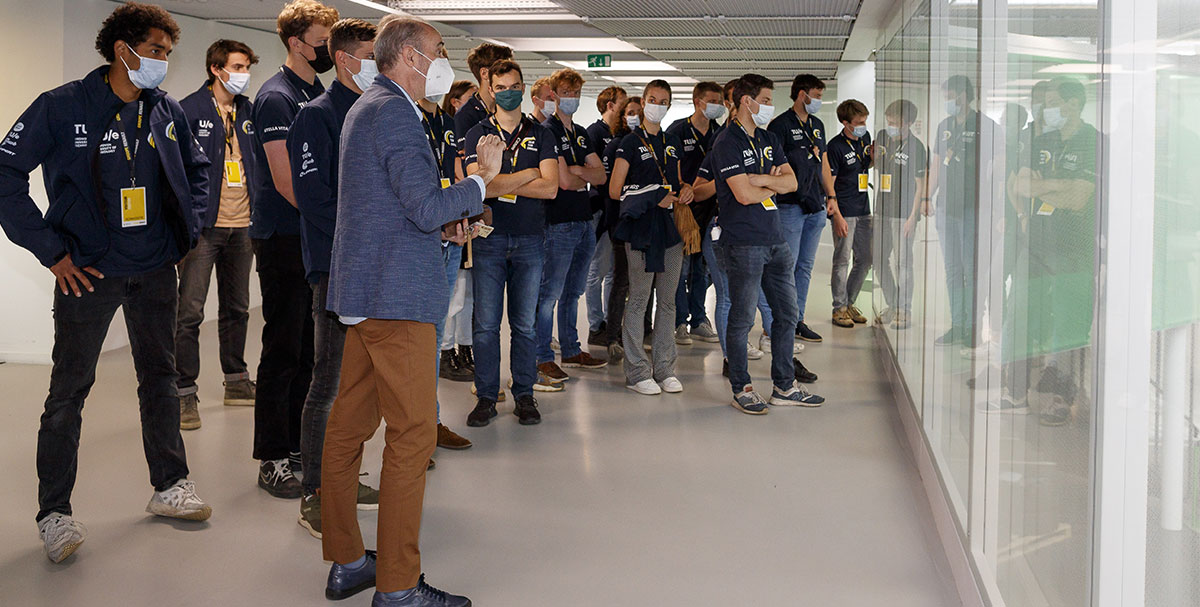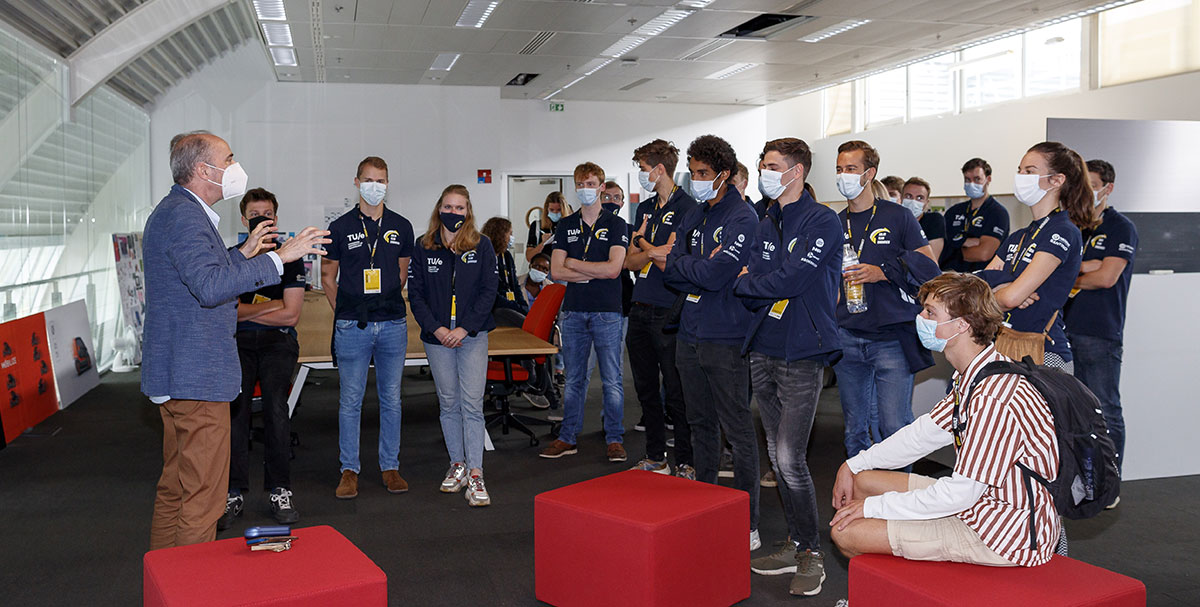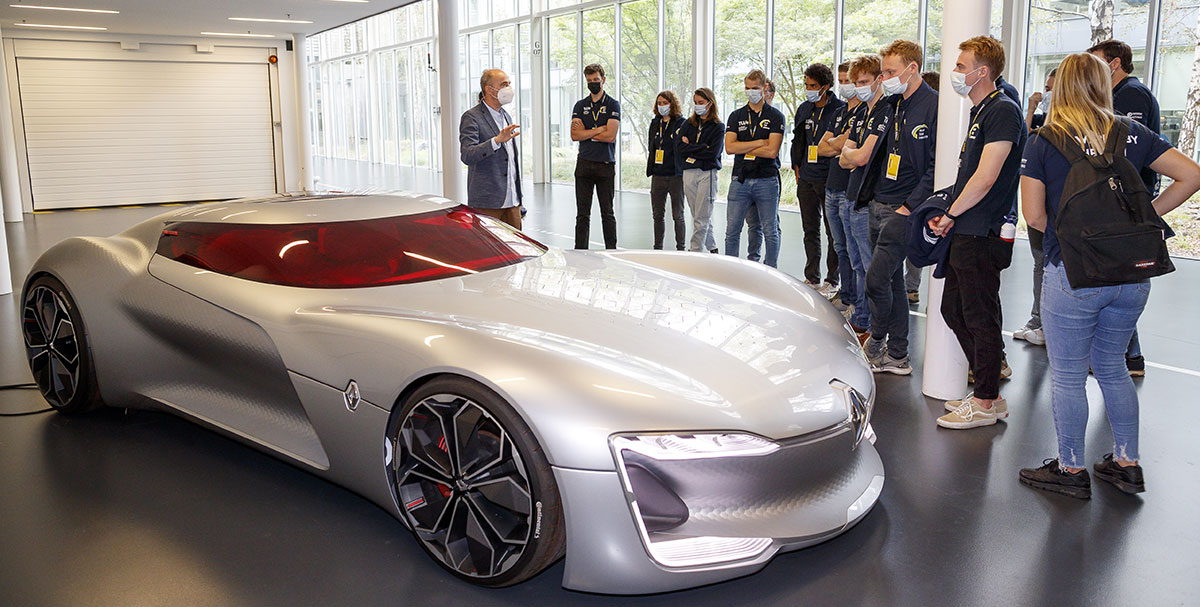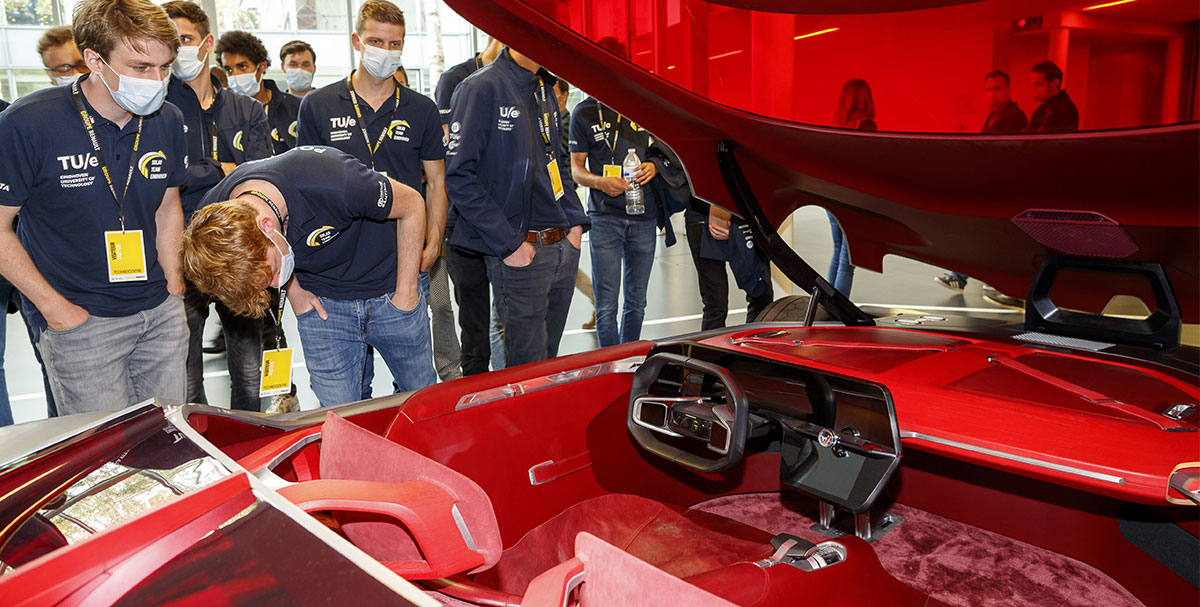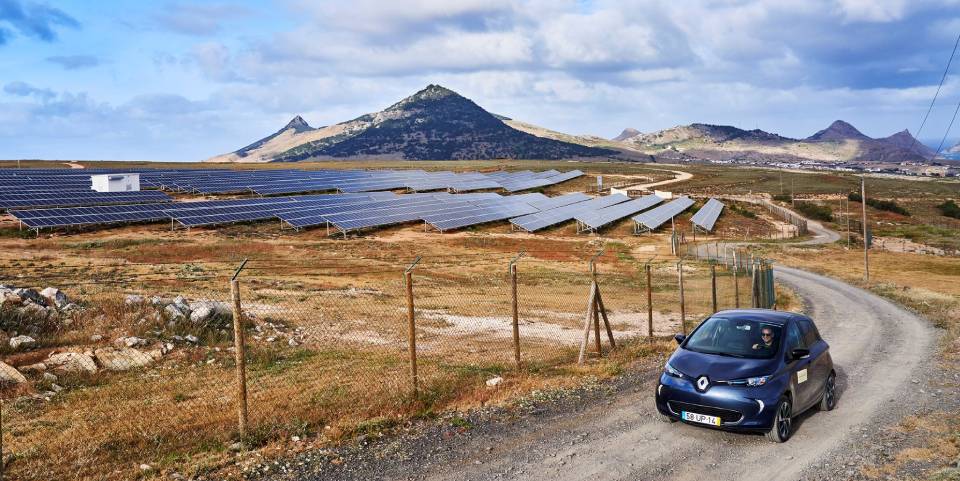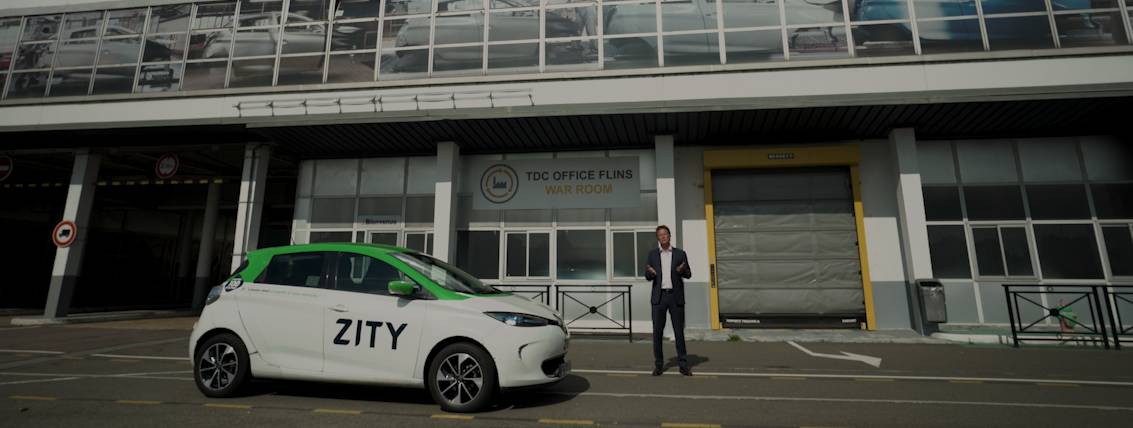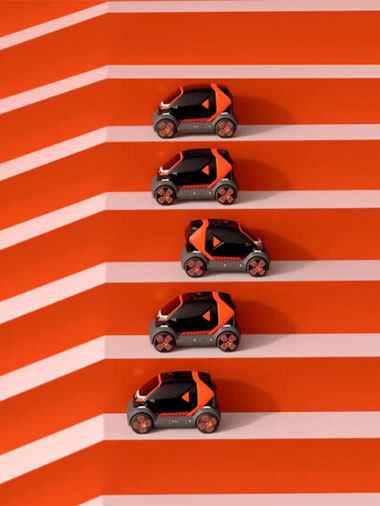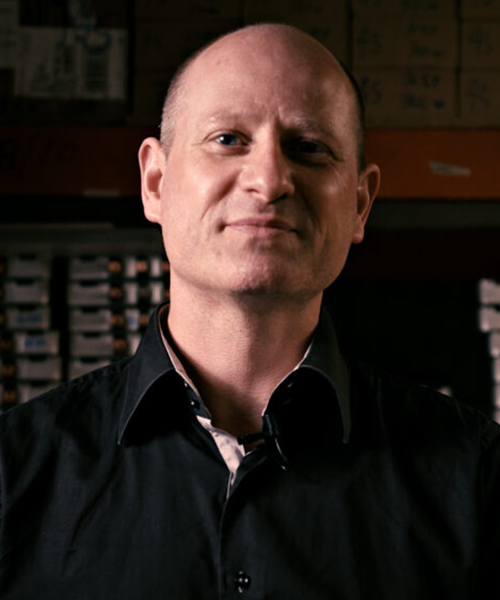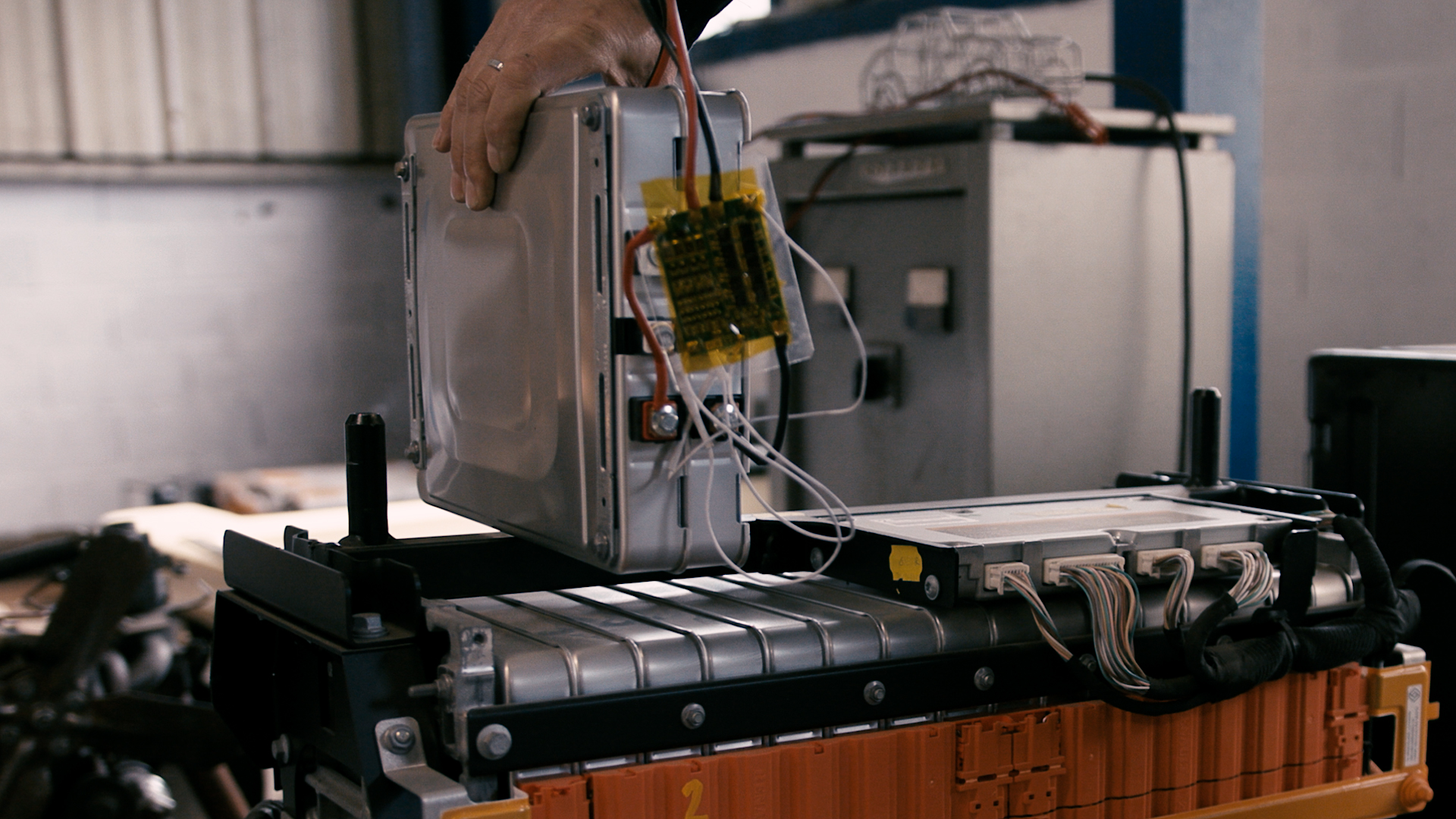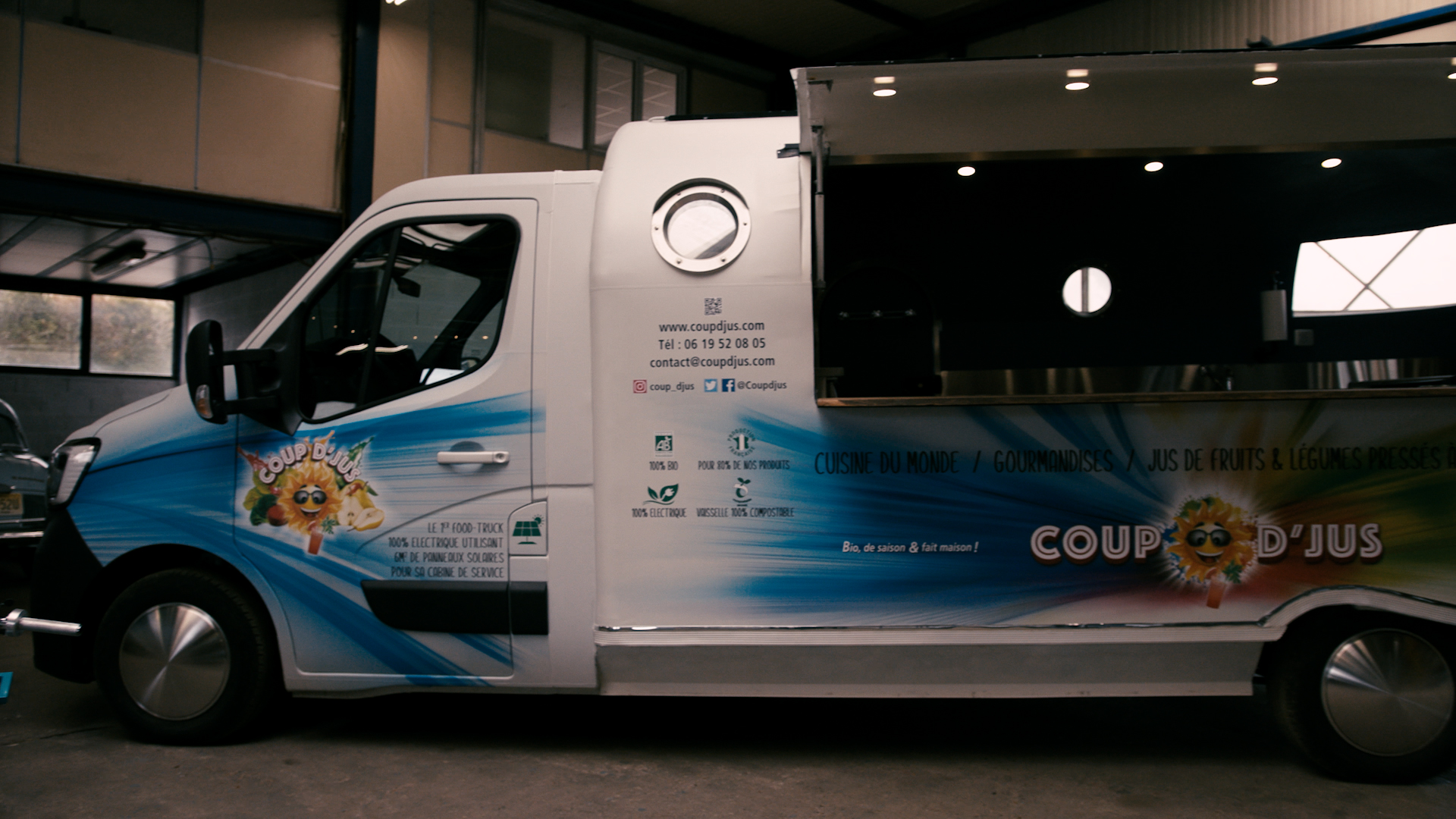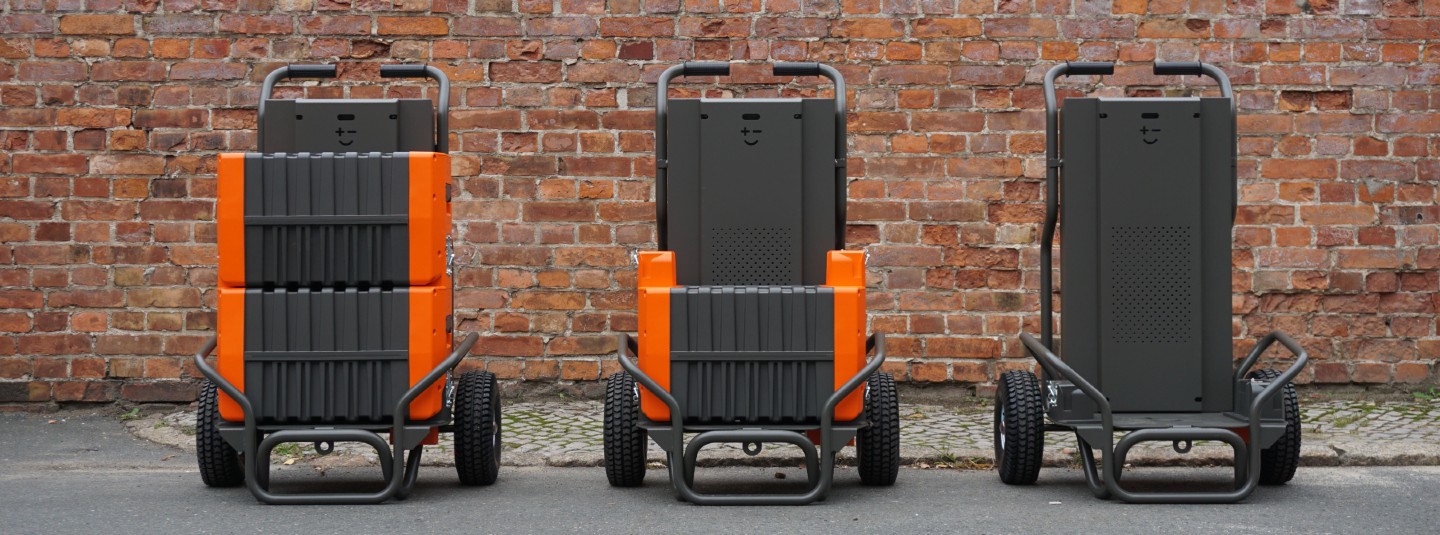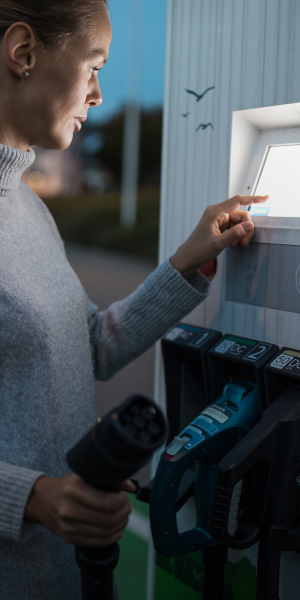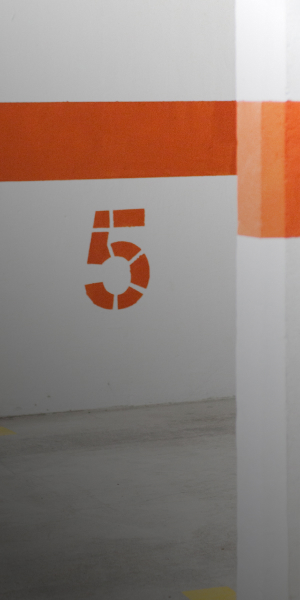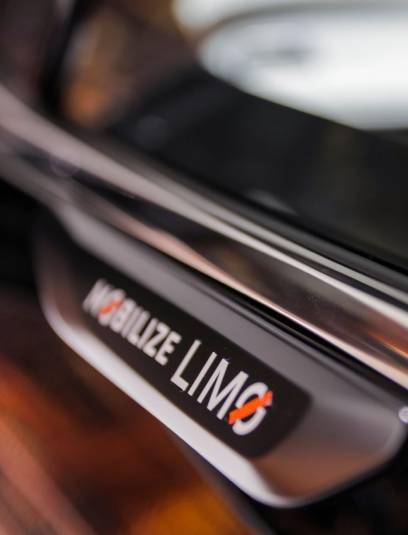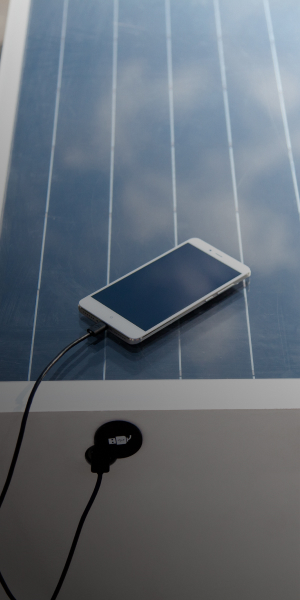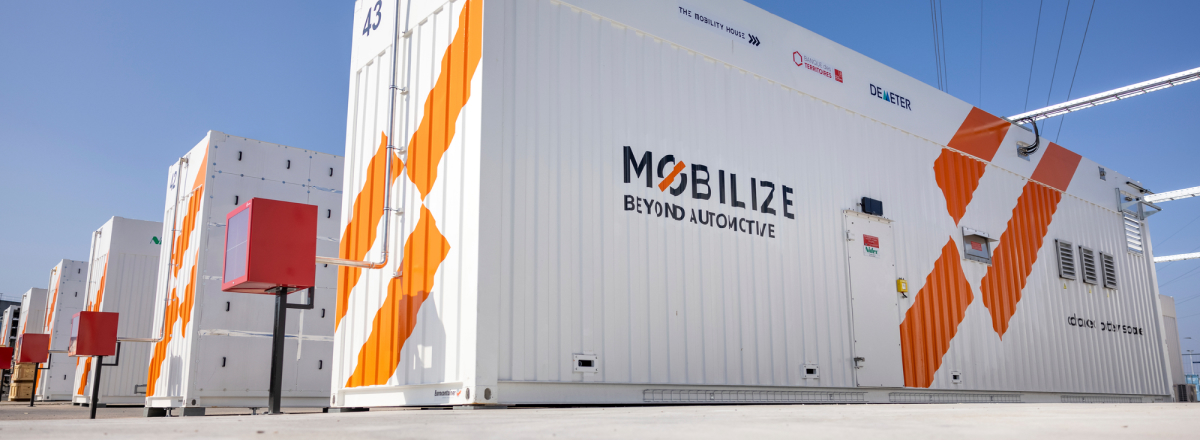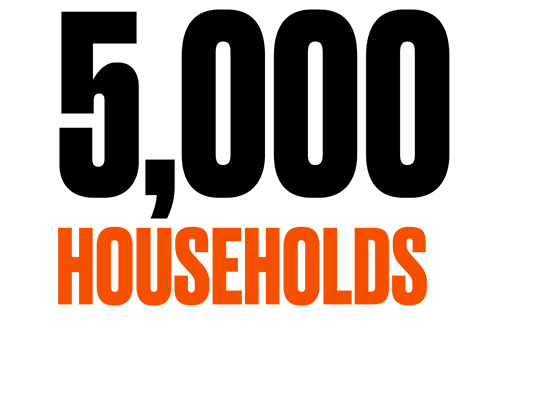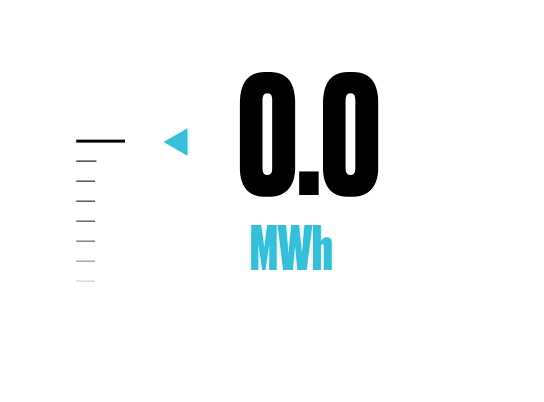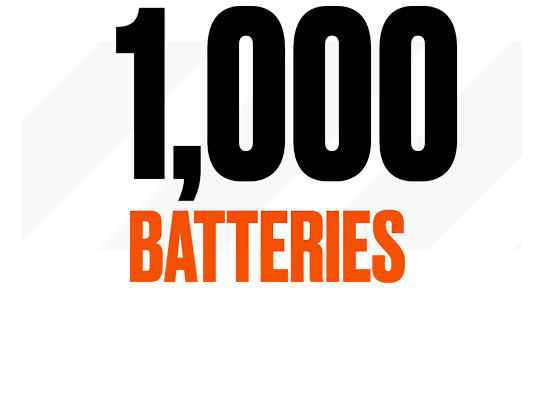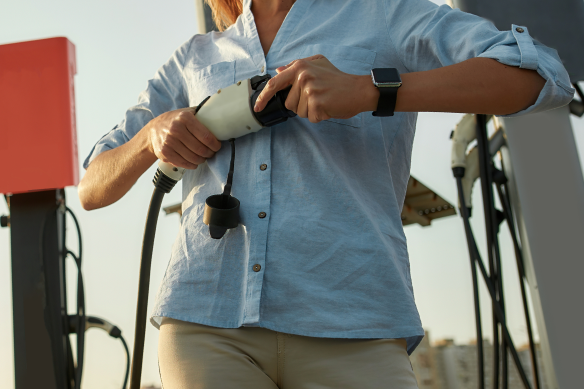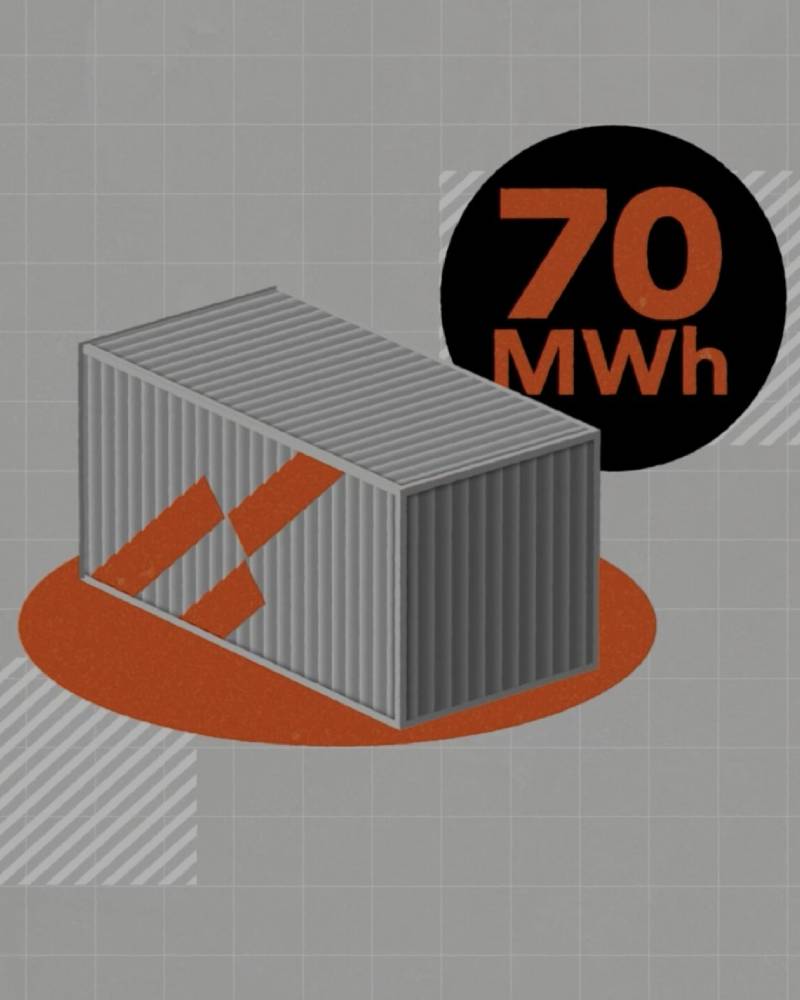The younger generation wants to live without a car and yet, they don’t want to sit still. So how can the automotive sector meet their expectations? Is the variety of mobility smartphone app sufficient to cover their needs? What will the future of mobility look like?
Isabelle Rio Lopes, Senior Director at Kantar France and Jean-Christophe Labarre, Innovation & Partnerships Strategy at Mobilize, take you on an exploration of the evolution of mobility, as seen by the younger generations.
Intervention of Isabelle Rio-Lopes, Senior Director at Kantar:
IN LIGHT OF YOUR STUDIES, DO YOU THINK THAT THERE WILL EVER BE A GENERATION WITHOUT CARS?
Today, if we look at the youngest generation, those under 25, the so-called Generation Z, it’s true that they are probably the first truly multimodal generation, i.e. one that uses all the different possible modes. These young people easily switch from car to bus, to bicycle, to carpooling or to other sharing services, whether bicycles, scooters, etc. This multimodality is facilitated by their intensive use of mobility applications. To give you a figure, they use mobility applications twice as much as generation X for example, who are their elders.
However, this does not mean that this generation rejects cars completely. In fact, a car remains for them an aspirational object and a step towards adulthood. Our studies show that for 28% of these young people, owning a car remains an important step in their lives. This is only five points less than generation Y, for example, where 33% say so.
That said, there are two major changes in the new generation’s relationship with cars and to mobility in the broadest sense, which will have a profound impact on the future of mobility.
What do you think these changes are?
First of all, the car of the future will have to be green. In 2021, 73% of youth tell us that their next car will be an all-electric vehicle. That’s seven points more than two years ago. So seven points more than before the pandemic. We can see the impact the pandemic had on this perception, this urgency, this need to really move towards a car of the future that is less polluting.
The second point that seems important to me is that these young people are open to all modes of transport, and, at the same time, they want to have an experience of mobility as fluid as possible. In short, they want to be able to choose for each trip, in each situation, the mode of transport that will be the most adapted to meet their current needs in any given context.
To answer your initial question, I think that today we can talk about a new generation that is truly multimodal, open to innovative and diverse mobility alternatives, but for which the car will always retain a central place.
What are the expectations of the younger generation today when it comes to mobility offers?
Today’s youth is pragmatic and above all they are looking to meet their mobility needs in a practical way and within their budget. This question of budget, this budgetary tension, is indeed crucial and is strongly present. Then, they will naturally turn – and this is a very important point for them – to less polluting and more inclusive modes of transport. We are thinking more specifically of public transport or shared services. But it’s true that today, these are modes that suffer from a poorer user experience than others – an issue that has been amplified by Covid.
Beyond these practical, financial, and responsible points, young people are also looking for modernity, for innovative solutions and they want to make their travel experiences agile, fun, lively and pleasant. Eventually, it is on these aspects that individual modes such as cycling, driving or even walking – which has increased significantly with the pandemic – are ways of getting around that provide the greatest pleasure. We measure this in our studies, through the experience of journeys, the declared experience of journeys.
Overall, when we ask this younger generation about the mobility solution they expect for the future, their demand is clearly for greener and gentler mobility, for more interconnection between modes. For a truly multimodal experience that will be seamless. We are not talking about a single solution, but about a multiplicity of solutions that will interconnect with each other.
Are these expectations different depending on where one lives?
Yes, you raise a very important point here. In fact, mobility behaviors vary greatly depending on where you live. This is the most decisive dimension for understanding mobility needs and expectations. In the end, it is a dimension that is going to be more important than the generational effect we just mentioned.
Indeed, mobility behaviors are strongly dependent on the mobility offers available. From this point of view, there are big differences depending on density and territories. In France, for example, in 2020, while the average rate of car ownership is 86% at the national level, it is only 28% in the center of Paris – what is called Paris intramuros – where, after all, many other alternatives are available. Whereas in rural areas, it reaches 96%.
I would say that we have here a key lesson, one that we observe in all our mobility studies: if the challenges of mobility are global – including researching a more sustainable mobility, accessible to all, with less congestion in the big cities in particular – if these challenges are global, the solutions are always local.
Is there a study that shows specificities between cities?
Yes, indeed, we have carried out a study called Mobility Futures: we looked at 31 major cities in the world, on all continents. This enabled us to identify six types of cities in which two key dimensions explain mobility behaviors and attitudes. The first, as we mentioned earlier, is the size of the city, the density of its population, but also its organization, its history, what built it.
The second dimension is really the way in which cities manage mobility. From this point of view, the role of local authorities is crucial to help the development of new offers, and therefore the development of more multimodal behaviors. To give you an example: in Europe, cities like Paris, Madrid or Milan belong to the group of cities that are still dependent on the car.
Why still dependent on the car? Because these are cities that have developed a strong policy to reduce car access to the city center and to develop new services accessible to all. But these are cities which, in the overall urban area, still have a fairly high modal share of the car; over 40 or 50% for each of these cities, whereas, for example, in Paris intramuros, the modal share of the car is around 16%, in Milan or Madrid, it is around 27%.
In fact, these are cities that will gradually reduce the share of the car even further thanks to regulations and the development of new offers and infrastructures. Eventually, the inhabitants of these cities will be able to benefit from new options and adapt the solutions they use daily to meet their various mobility needs. And in this context, public transport has a central role.
CAN WE SAY TODAY THAT THE YOUNGER GENERATIONS ARE LOOKING FOR NEW EXPERIENCES?
As we mentioned earlier, Generation Z was born with digital technology. Using mobility apps and social networks as part of their travels is something quite natural for them. So is, for example, the use of digital payment. At the same time, this is a generation that expects innovative solutions that will be positive for the environment. But they want to keep the pleasure of the journey and for them, pleasure is still of primary importance. Ultimately, this generation is not responsible for the past and does not want to feel guilty about it. Therefore, it also expects from the authorities and public actors innovative mobility solutions that will also allow them to travel in a pleasant and environmentally friendly way.
From this point of view, the notion of mobility experience is key because it represents a real challenge for public authorities and mobility actors. It is a question of offering a travel experience that allows young people to meet both their budgetary constraints and their commitment to the environment, while at the same time making the most of their journey. In other words, to turn this journey into a moment of life. These young people are open and at the same time are waiting for new services and innovative offers that would be relevant to meet their expectations while respecting their values.
If you were to draw a portrait of a young person living in a large European city in 10 years, what would you say about their mobility habits?
In the end, we identified five key levers that will have a strong impact on the evolution of mobility in large European cities in 10 years: the development of home-based work, the improvement of cycling infrastructures, the advent of zero-emission mobility, the implementation of mobility hubs at the entrance of cities and the evolution of the value of time that we have just talked about.
Well, in this context, I think that within 10 years, a young person living in a large European city will indeed fully experience this multimodality. They will have the right mindset, easy access to different modes of transport, and the agility to choose the best mode for each travel occasion.
You may ask, “In this context, what will be the place of the car? Well, they will still aspire to the car for its comfort and convenience, especially for young families. But this car will certainly be different from today. An electric car, maybe one day, an autonomous car, shared, and it will be used only for very specific occasions.
Jean-Christophe Labarre, Director of Mobilize’s Mobility Services Strategy:
FROM THE POINT OF VIEW OF MOBILIZE, IS IT IMPORTANT TO TAKE INTO ACCOUNT THE EXPECTATIONS OF THE YOUNGER GENERATION?
Clearly, because this is a generation that is completely digital, that uses its smartphone, that does everything with its smartphone. If we are not able to adapt to this new mode of consumption, we are missing out on history. We want to be able to reach this public with a strict level of requirements, which is very strong, totally digitalized: the least possible constraints, the most possible freedom and solutions that meet their needs.
These solutions can be around a car or not, which is why we also have the ambition to work with the right partners. Last year, for example, we announced the creation of a Mobility 360 coalition with prestigious partners such as RATP, BlaBlaCar, Uber and Mobilize, and other ecosystems that revolve around other subjects.
All this is to break down the complexity, so that the consumer – whether in his personal or professional life – has the simplest and most interesting answers to the question of how to consume his mobility. When we talk about a generation that is said to be completely digital, it is really the simplicity of use and flexibility that we are trying to implement.
WITH THE LAUNCH OF MOBILIZE, RENAULT GROUP ENTERS THE SERVICE ERA. WHAT TRIGGERED IT?
Renault Group, throughout the years, throughout the decades, has constantly had the ability to reinvent itself. When you look at the different products the group has created over the years, you could have buses, you could have trucks, you could have cars, etc., but always with a single desire: what are the products, what are the vehicles, that meet the needs?
Today, the mobility landscape has been completely turned upside down: digitalization, the fact that everyone uses their smartphone, immediate consumption, and the desire to have tailor-made products, etc. So we can have things that meet the needs of our customers. So we can have things that revolve around cars. It’s a good thing. We know how to make these, we have been a car maker for a very long time, but we also wanted to see how to approach this new phase, this new chapter. And that’s what led to the creation of Mobilize.
Mobilize is about a year old now, it was created in January 2021 with the will, since its creation, to respond to three issues: reducing the carbon footprint and participating in the environmental transformation. And the will to answer the issue of residual value when we buy a vehicle. That’s good news for Mobilize, because we don’t sell vehicles, we sell usage, and that’s a big differentiator. That is to say that all the adapted vehicles that we can have – I will talk about it later – Duo for micro-mobility, Bento for micro-delivery or things around the cab with Limo, all these cars will never be sold.
We sell usage, we sell service, and we also want to open up to the ecosystems that will allow us to work on these issues. These subjects may concern other mobility players, whether they are public or private, such as transport companies, RATP, Uber, BlaBlaCar and others. It’s really the desire to see how we can combine the historical DNA of the Renault Group – which is to manufacture cars – with the manufacturing of cars with specific uses, and how we can contribute to providing solutions for you.
For example, Marion, your way of consuming mobility is perhaps different from mine. You may want to take the bike or the metro more if you live in Paris. I might want to take a scooter or a BlaBlaCar. In fact, we don’t want to force people to consume mobility in a dogmatic way, but we must adapt by having the most accessible offer possible. Accessible from a pricing point of view, accessible also from a geographical point of view. And we want to do that too, not just by ourselves, but with the best partners.
NOUS VOYONS EXPLOSER DE NOMBREUX MOYENS DE TRANSPORT. COMMENT AIDER LES JEUNES URBAINS À INTÉGRER CES NOUVELLES DYNAMIQUES ?
I think that a key element in this transformation of the way we consume our mobility, whether it is in a professional or personal context, is to work well together at the level of companies, mobility actors and at the level of regulators, organizations that regulate this sector. That is very important, that we are in a co-construction scheme.
But not co-construction where we knock on the doors of cities and territories and tell them: “Here’s what we have on the shelf”. It’s real co-construction, where we discuss with these cities and territories to understand their needs first. Cities do not necessarily have the same needs and Mobilize has a global footprint – which I had not mentioned before. In other words, the way we consume mobility in Rio de Janeiro is totally different from the way we consume mobility in Paris, London or New York. Our aim is to provide very local solutions, in fact very personalized to the needs of a region, and to respond to the problems and frictions that may arise.
And once again, the co-construction dimension can only be achieved by understanding expectations: your expectations as an individual, expectations in terms of transportation for employees and companies, and how these fit into the landscape of public and private offers.
What possibilities can Mobilize offer to this generation that no longer wants to buy a car?
Today, if you look at our offers, we have car sharing offers. If you look at Paris, Madrid and soon Lyon, we have Zity. We also have short-term rental and car-sharing solutions in stations: this is the Mobilize Share brand. We have also harmonized the brands with the launch of Mobilize.
We also wanted to expand our range of solutions. Last year, we acquired a Spanish startup, one of the best in the market when it comes to subscription, a bit like Netflix for cars, it’s multi-brand. That is to say, you go to bipicar.fr, or bipicar.es, it doesn’t matter, if you want to have a car for one month, for three months… in fact, you have the car for the duration that corresponds to your needs. Then if you want to have a smaller or larger car, that’s also possible. These are typically totally flexible solutions.
Behind this, what is very important, is that we really want to address as many people as possible. Renault is a popular car manufacturer, in the best sense of the word. At Mobilize, we also want to have this popular, generalist dimension. To address as many people as possible, not just niche markets. To really see how we can, with other partners, address your needs with a dimension of accessibility on both points, to have the right offer in the right place and above all for this offer to be really competitive.
